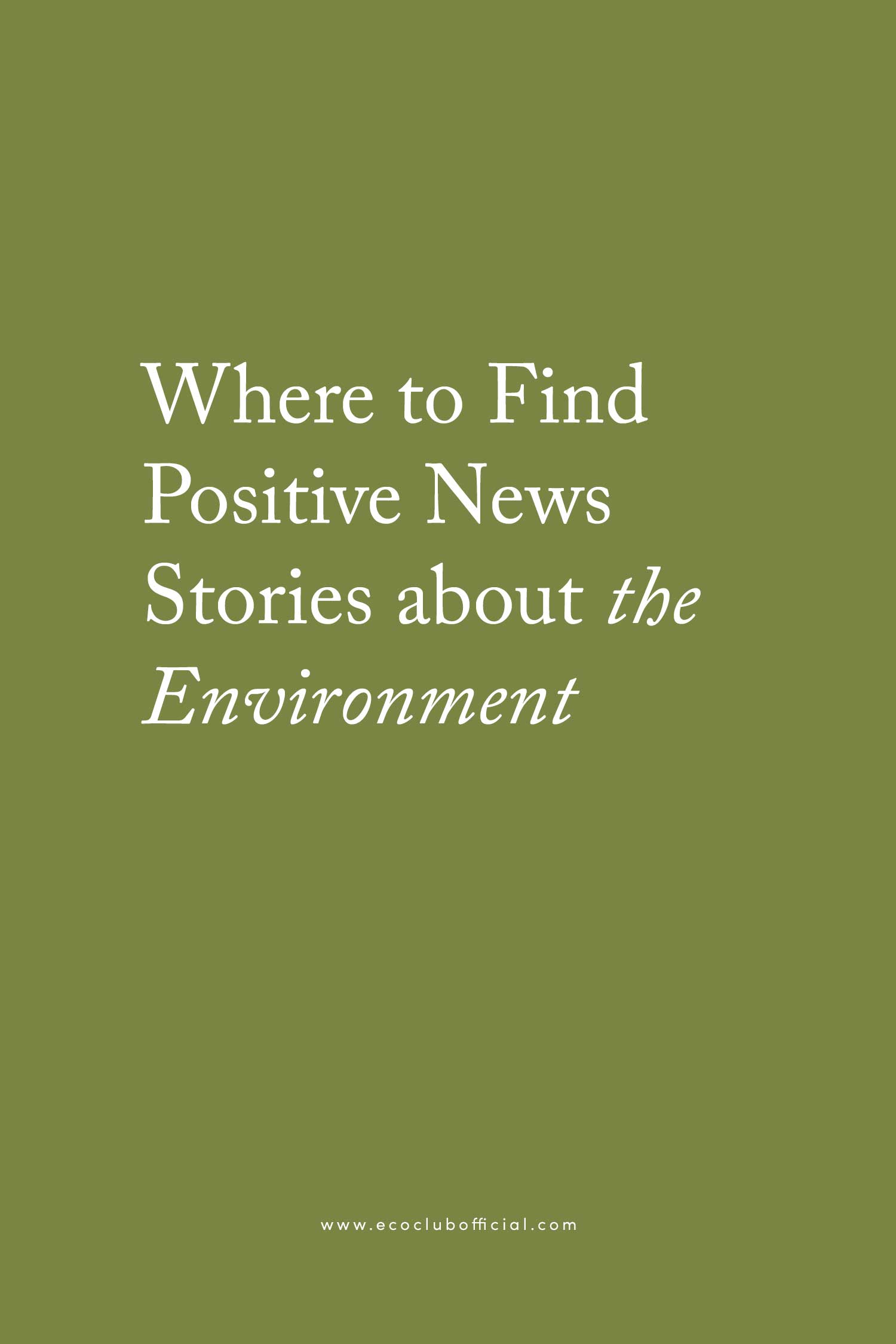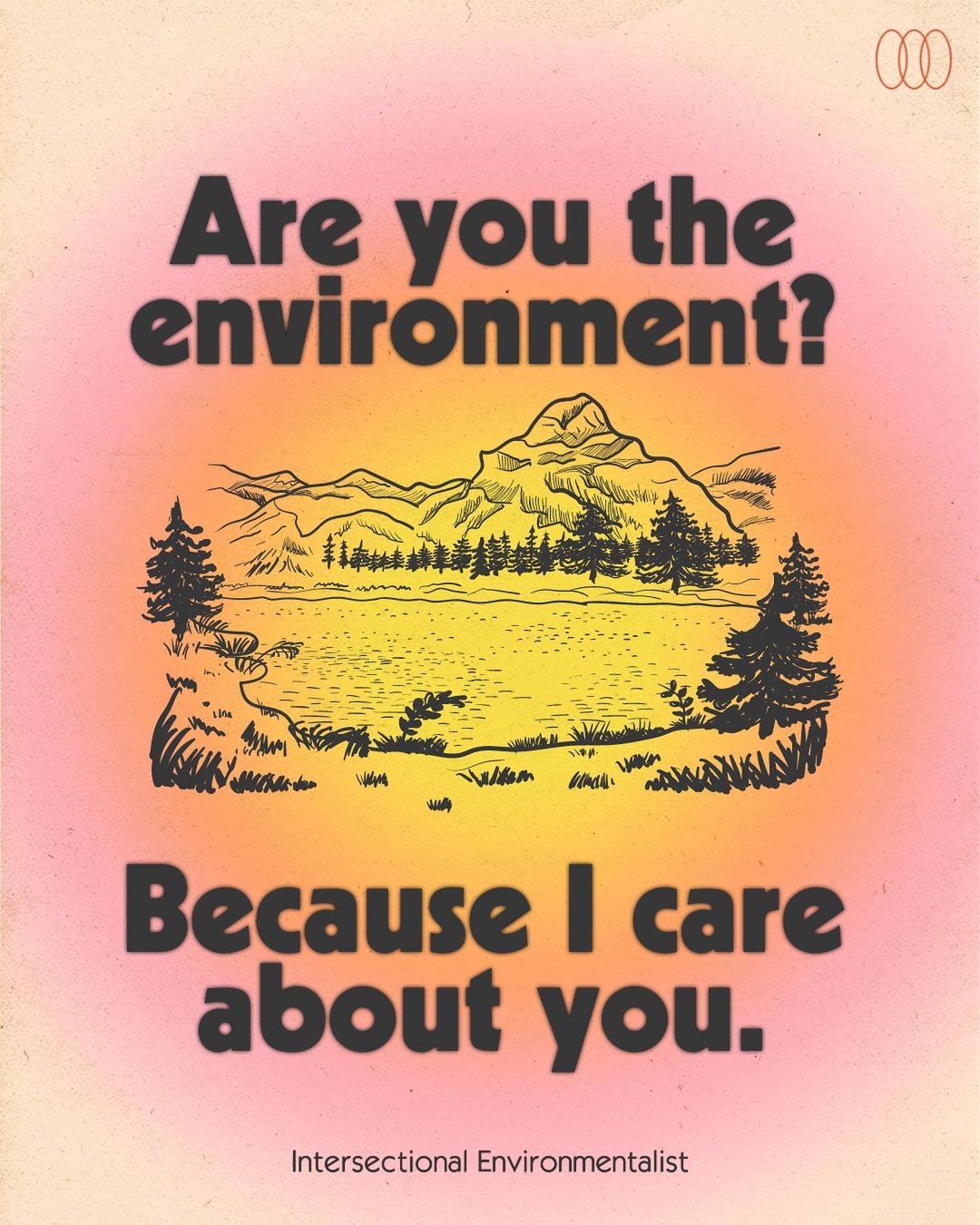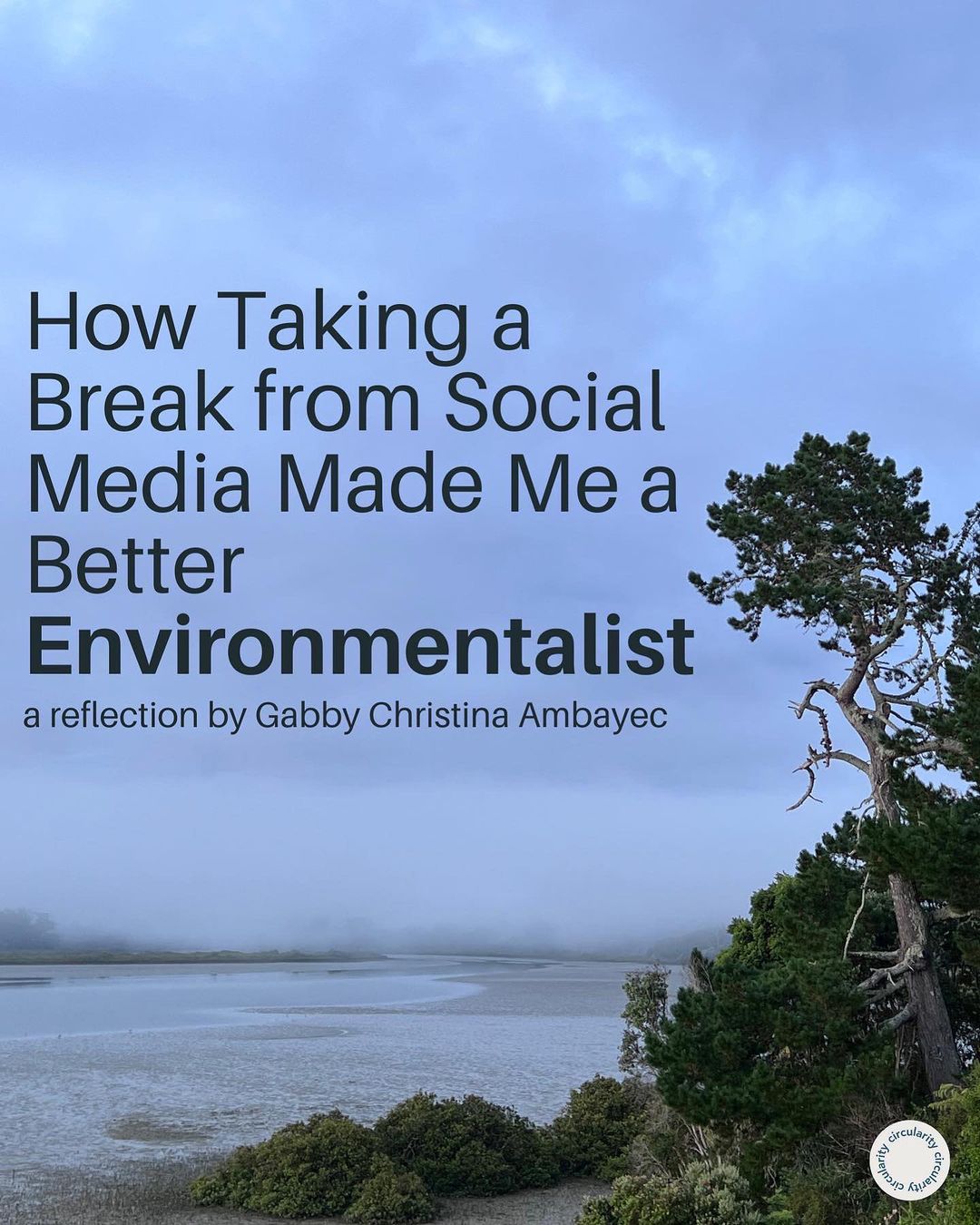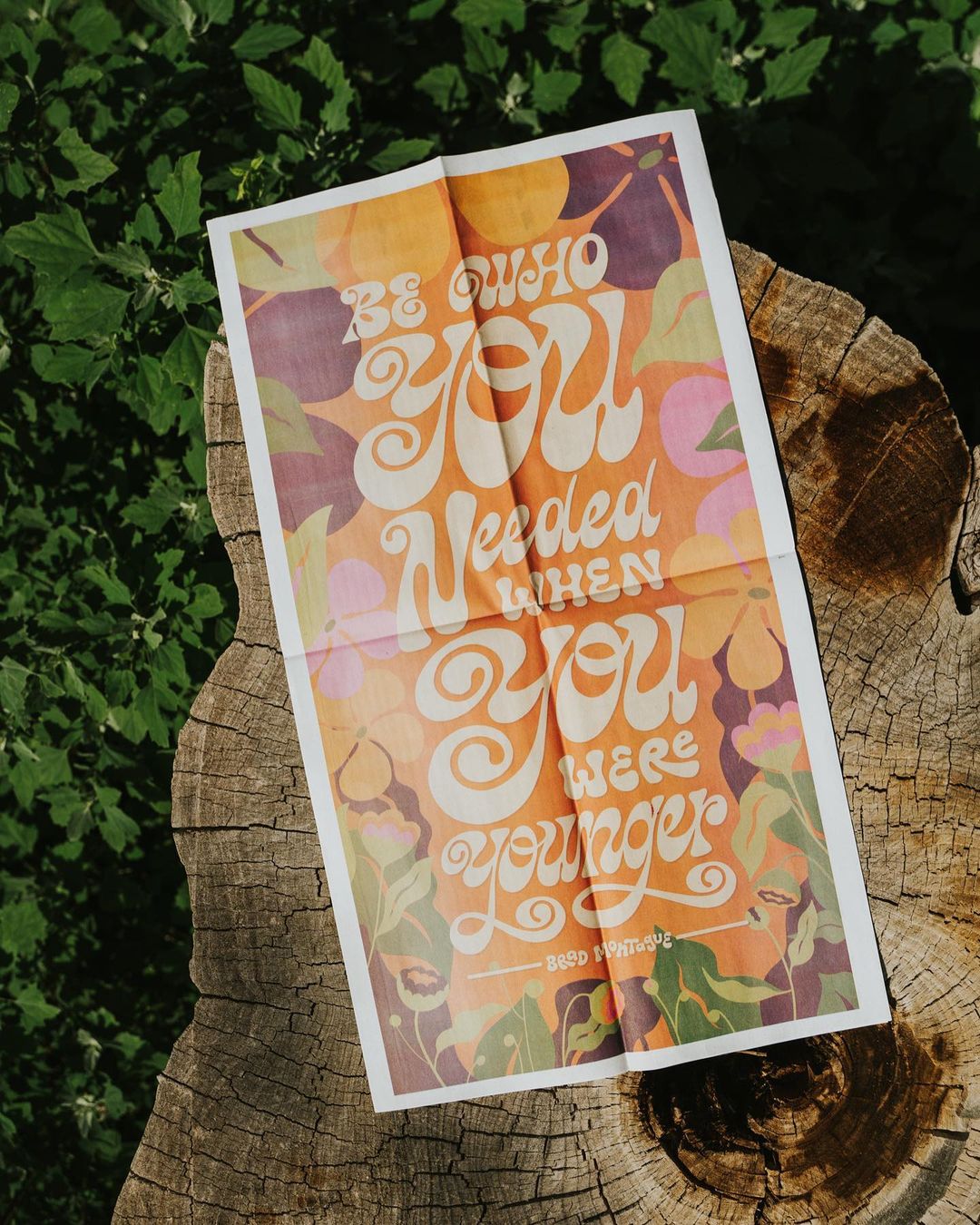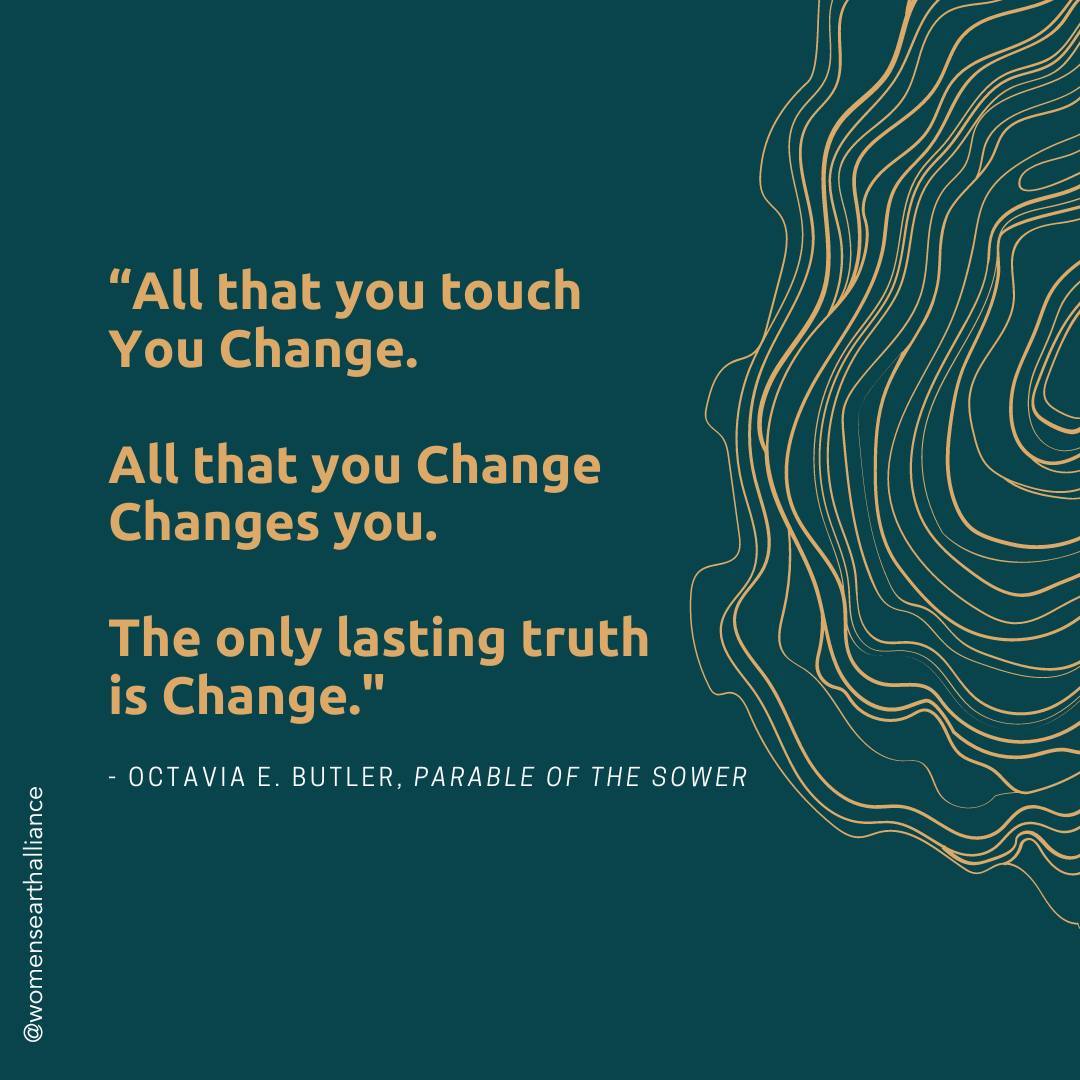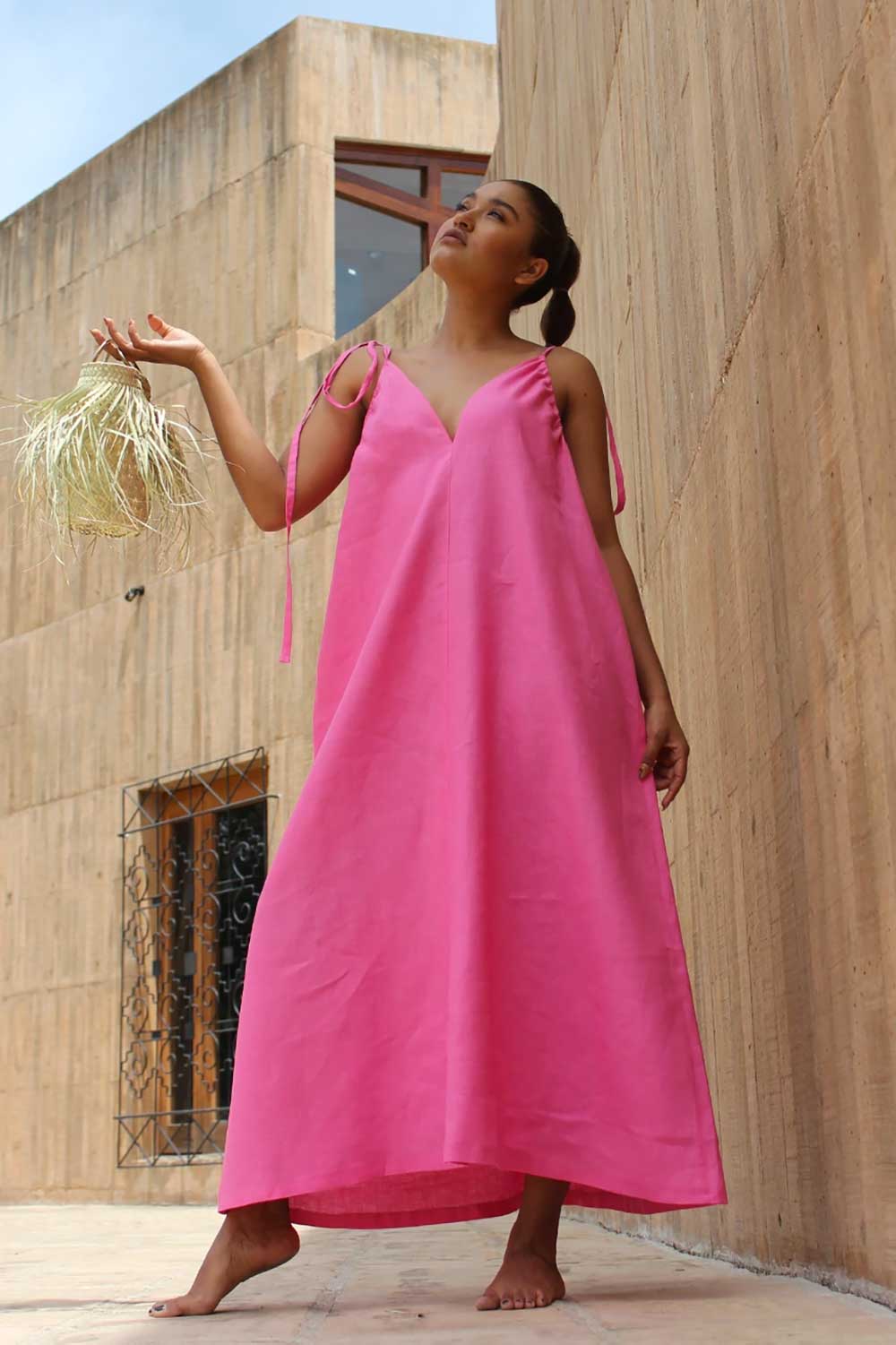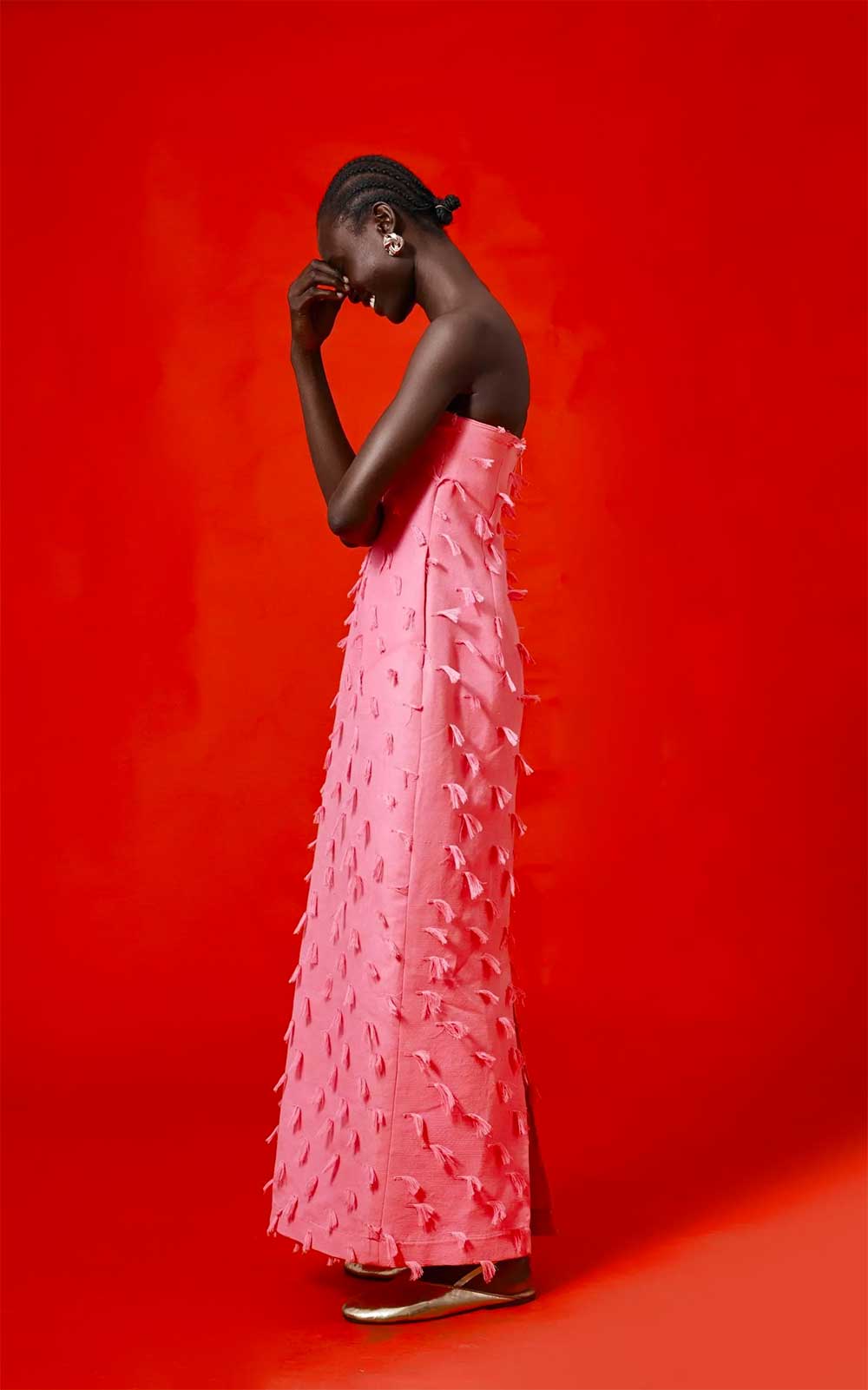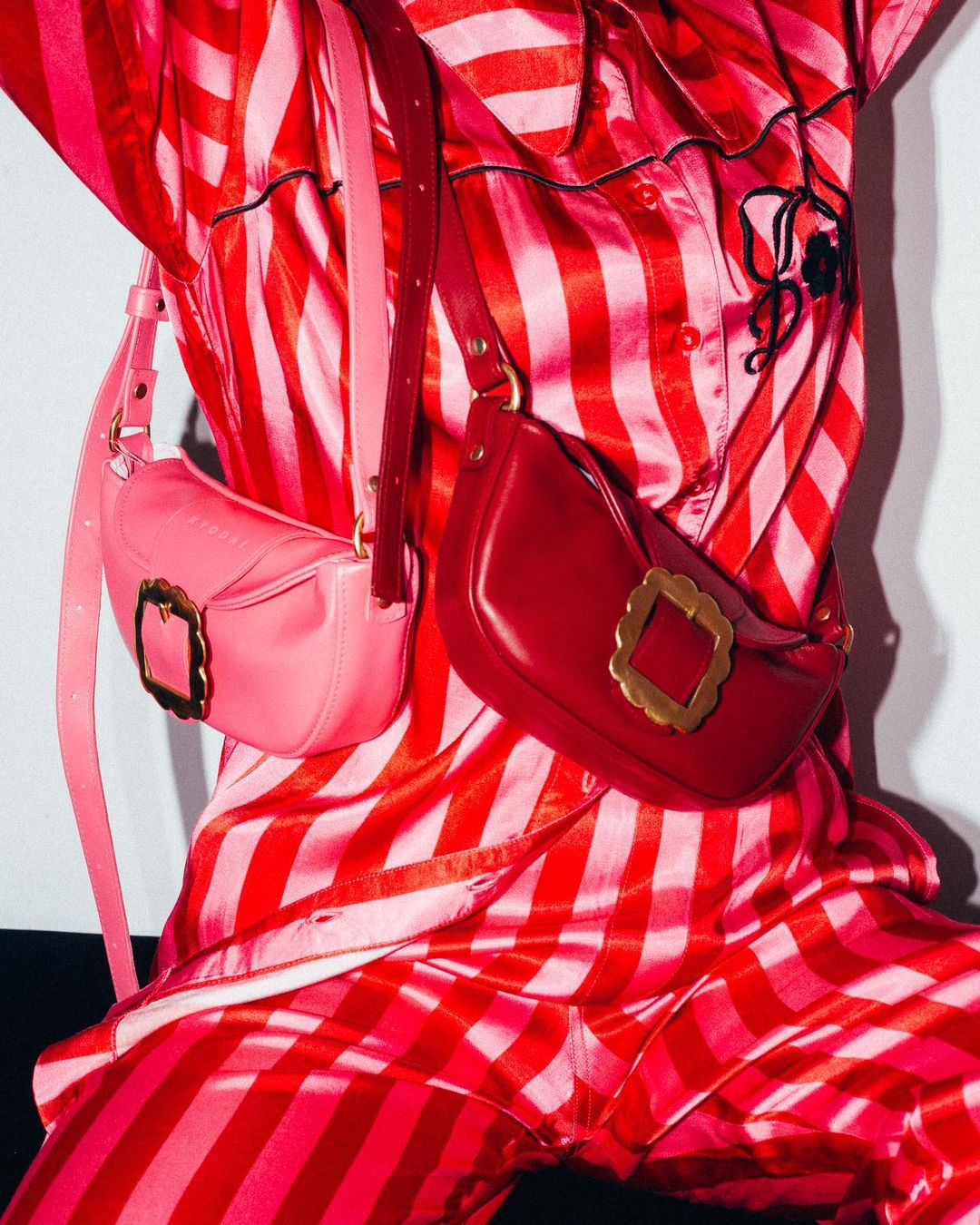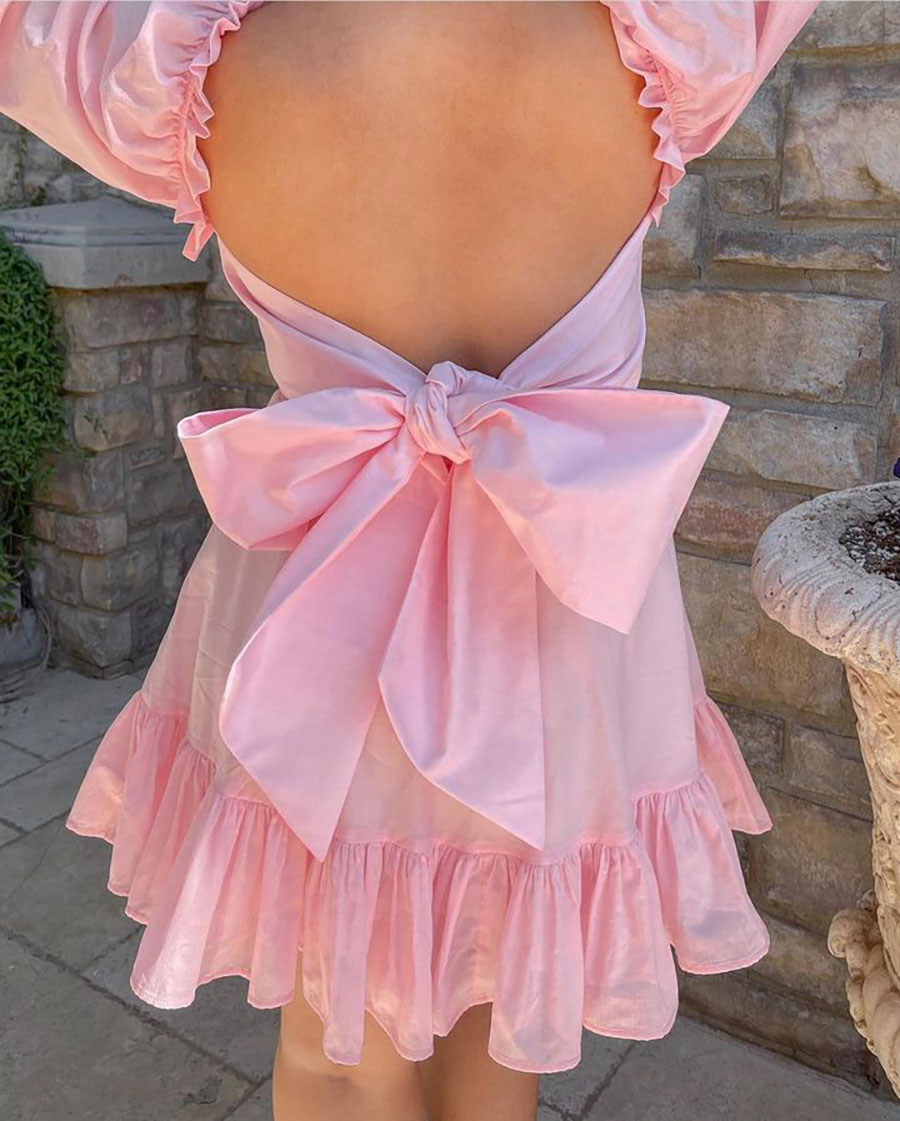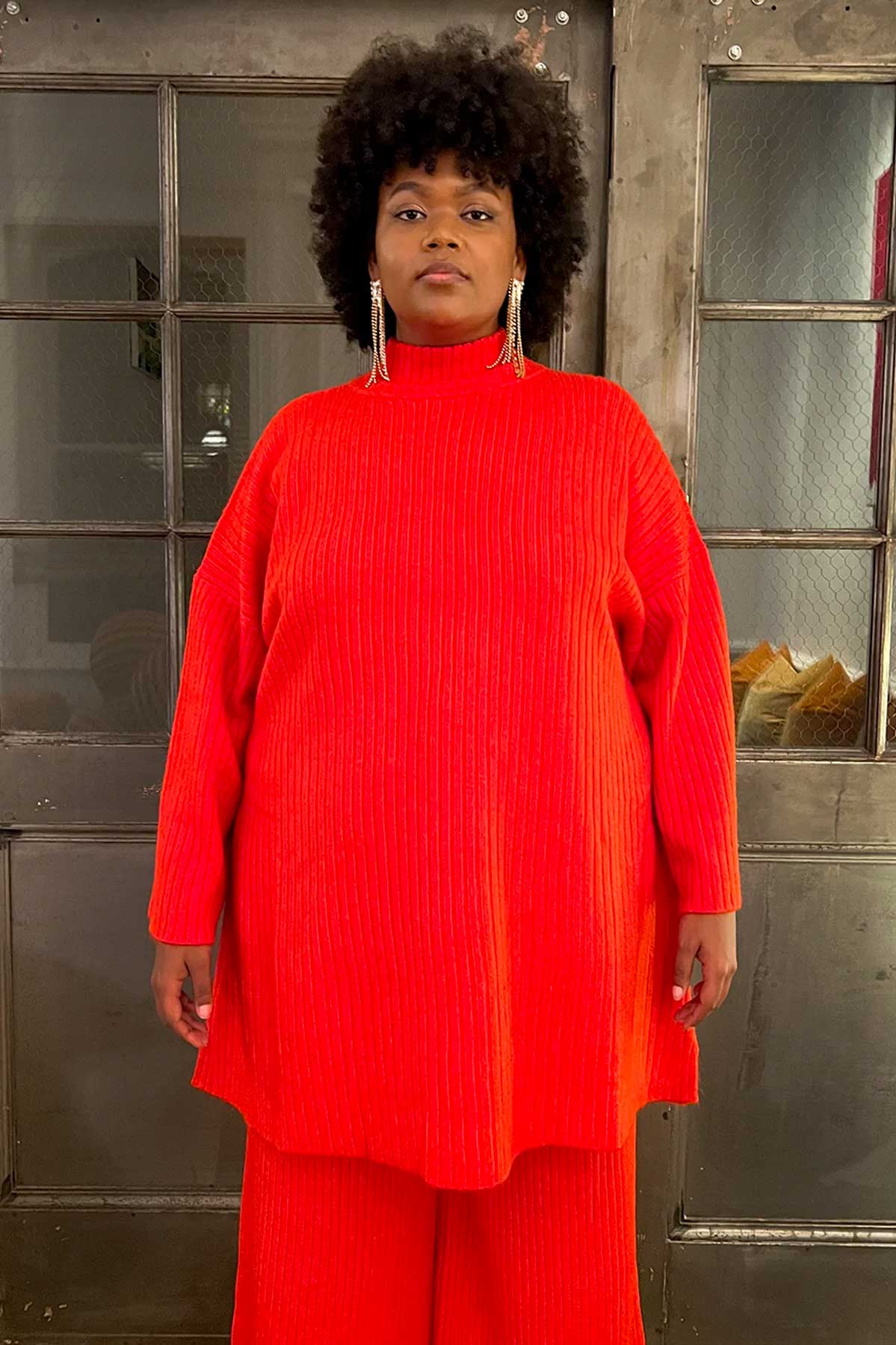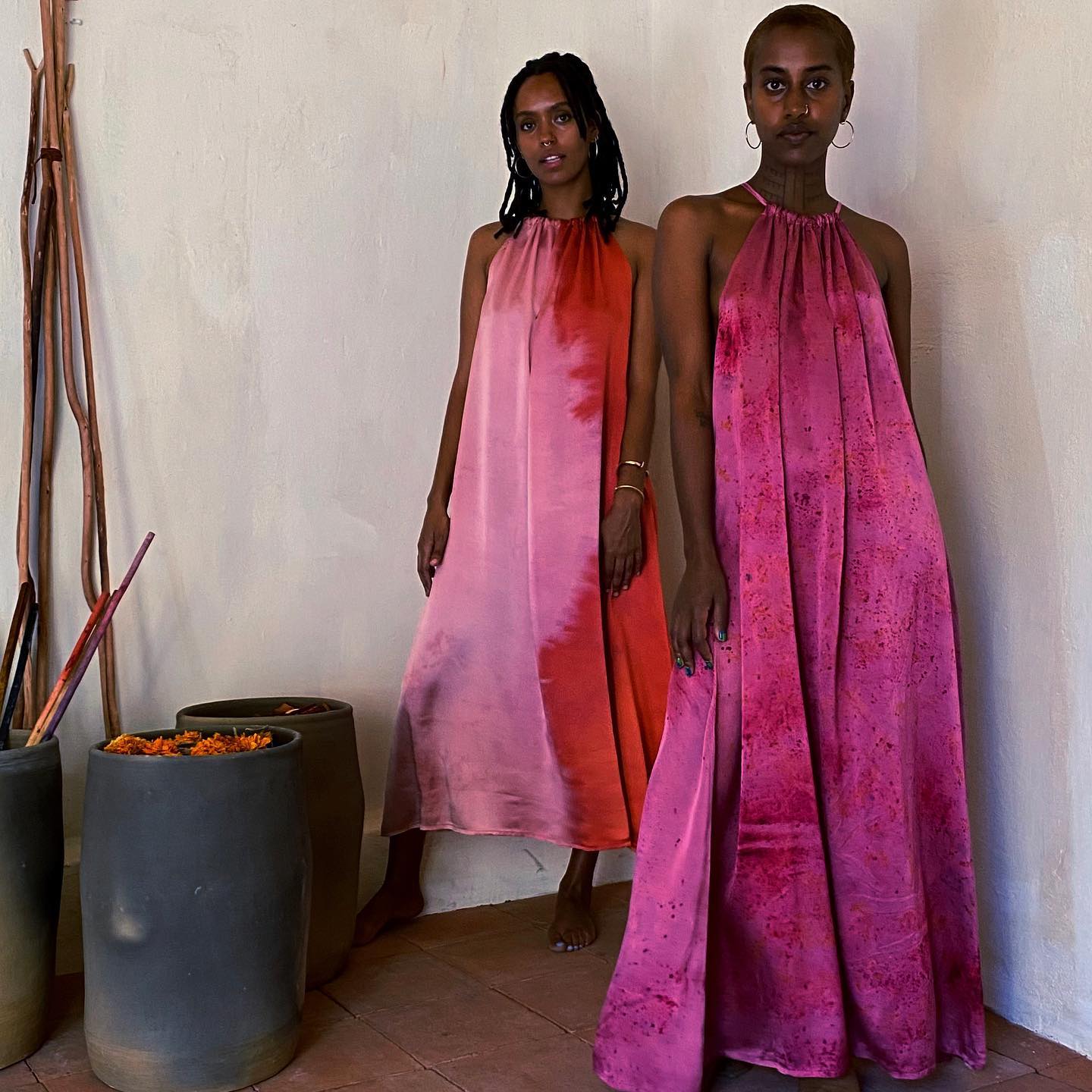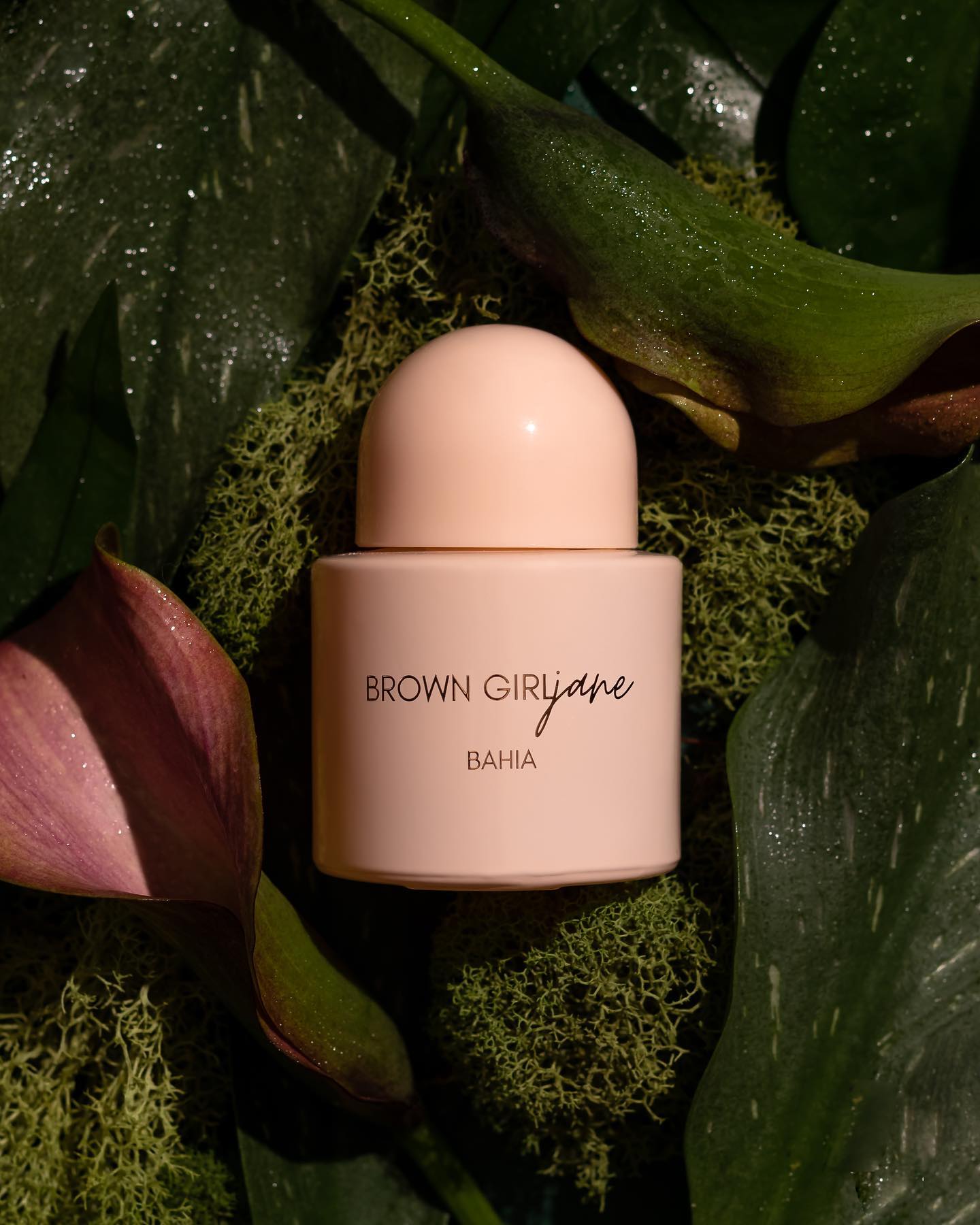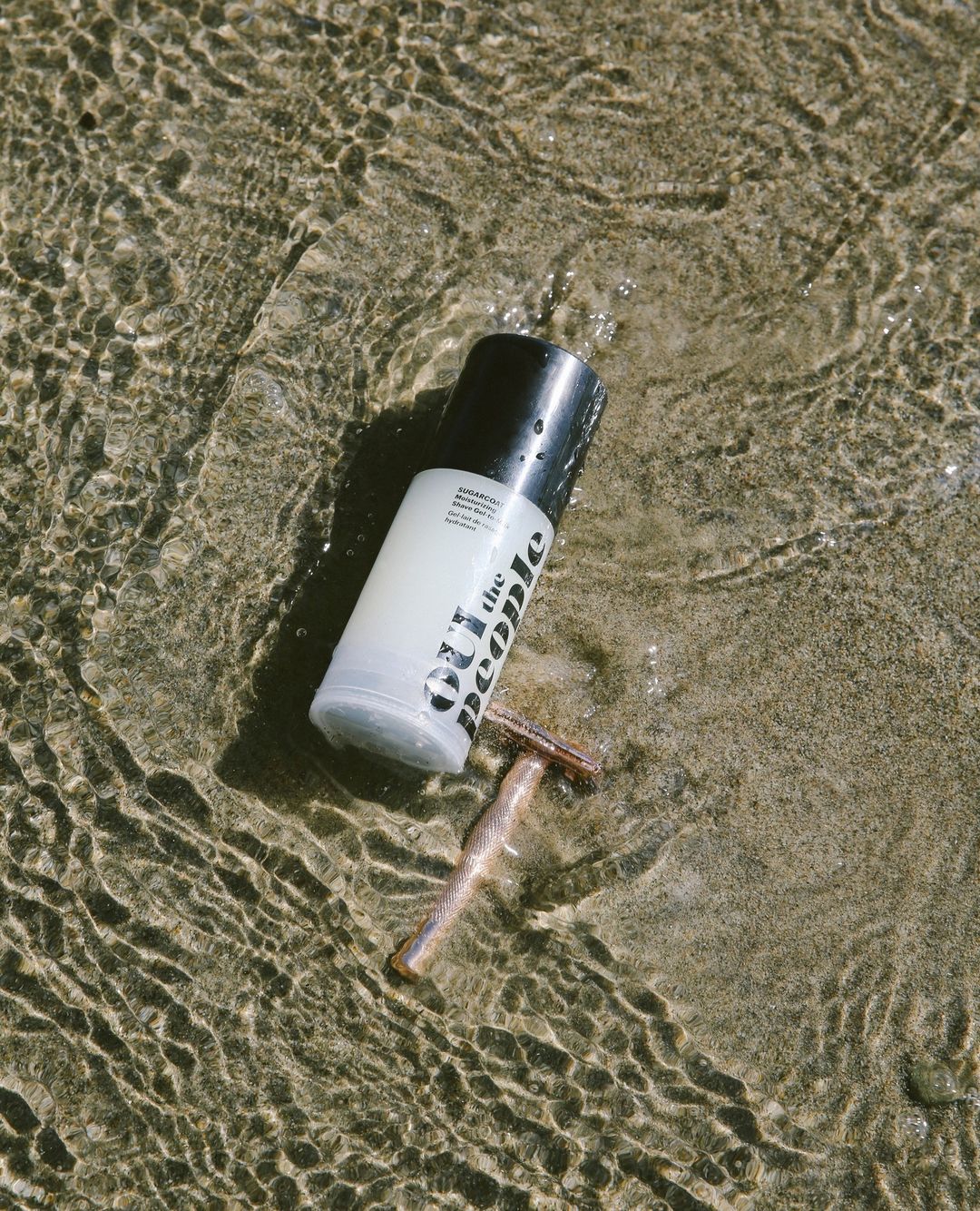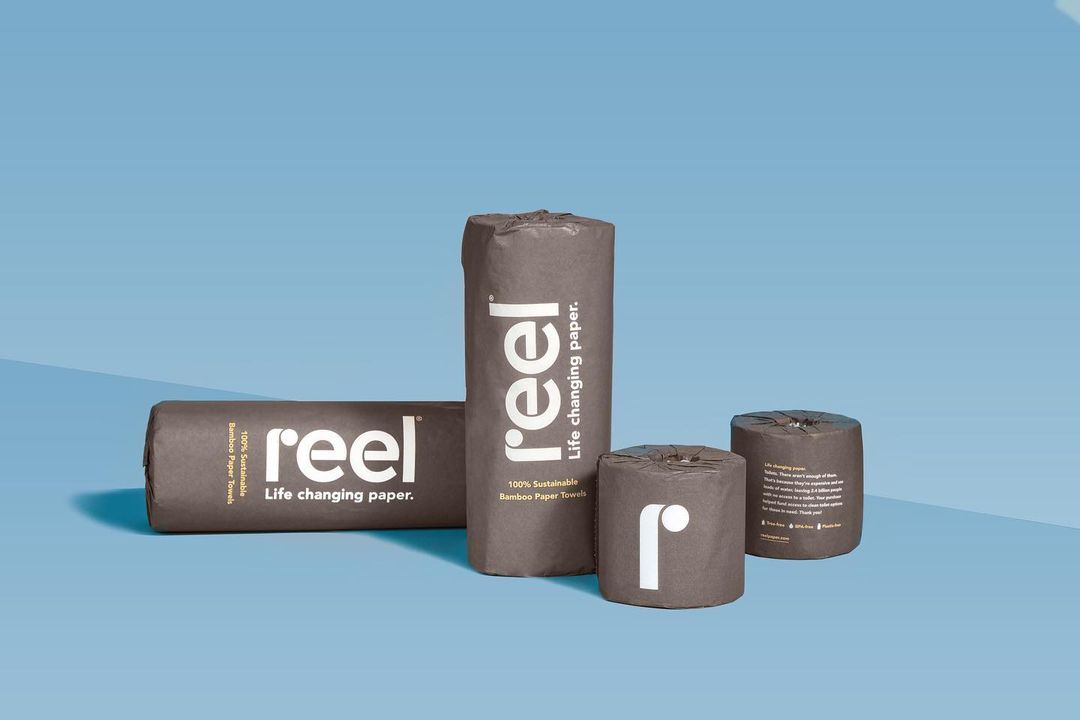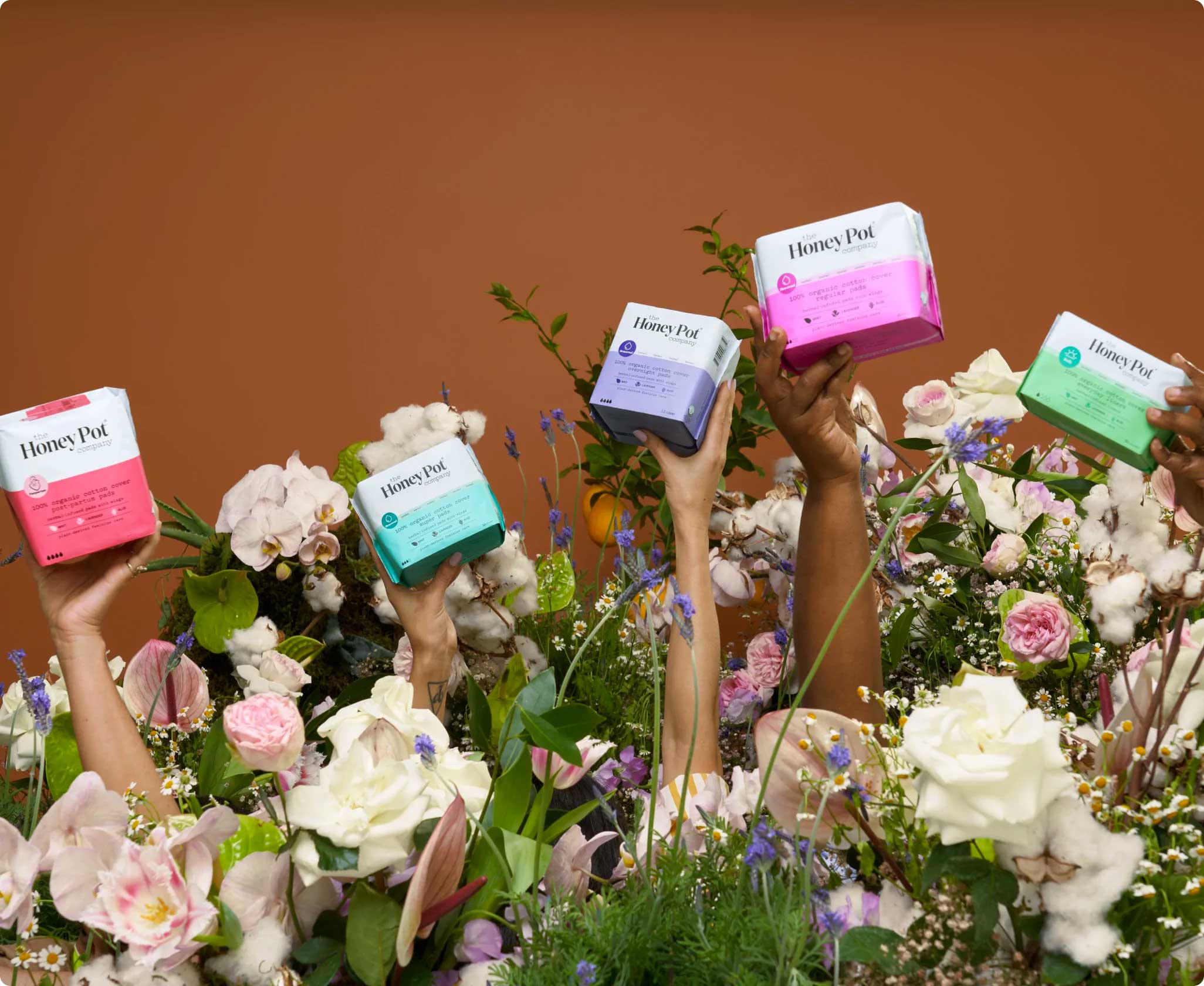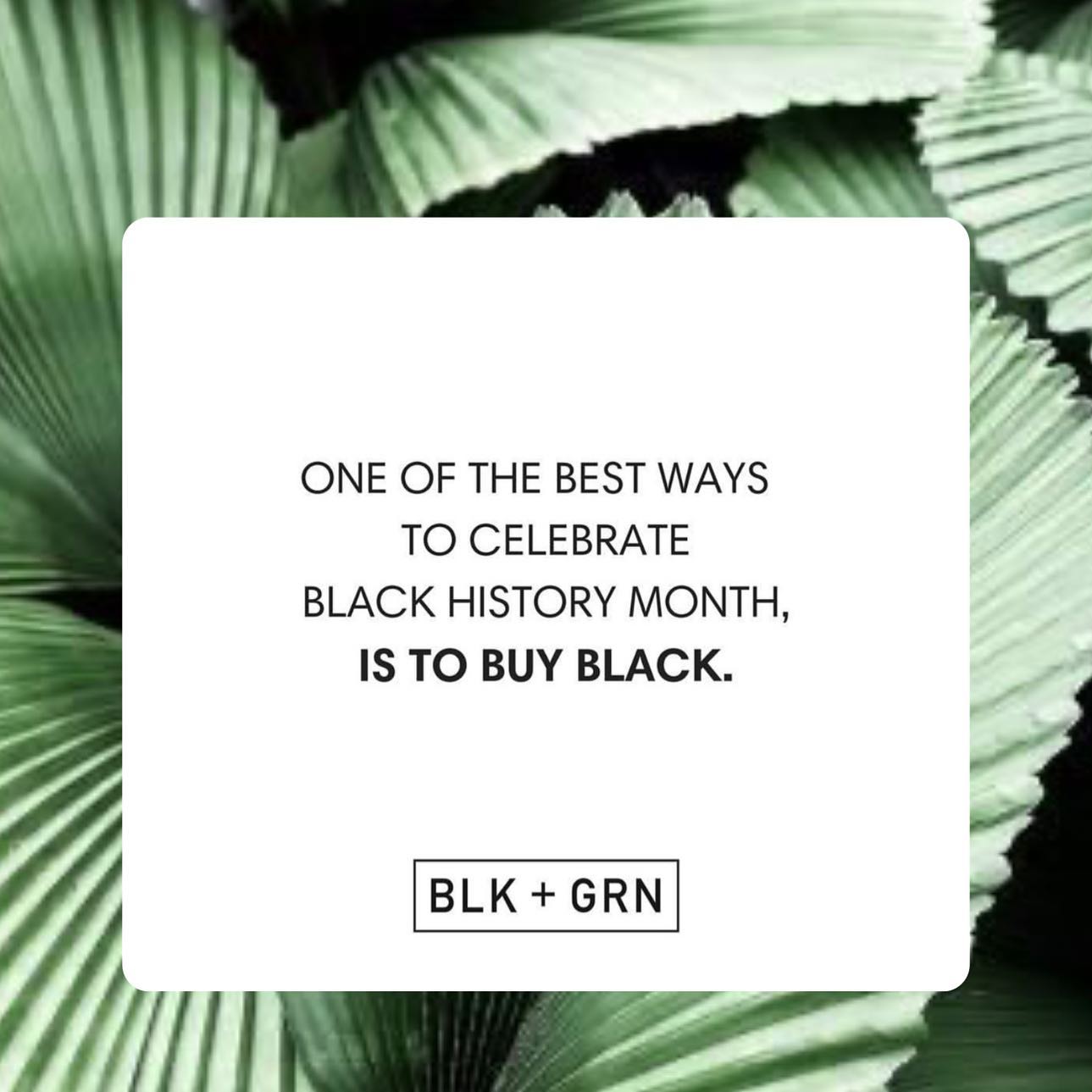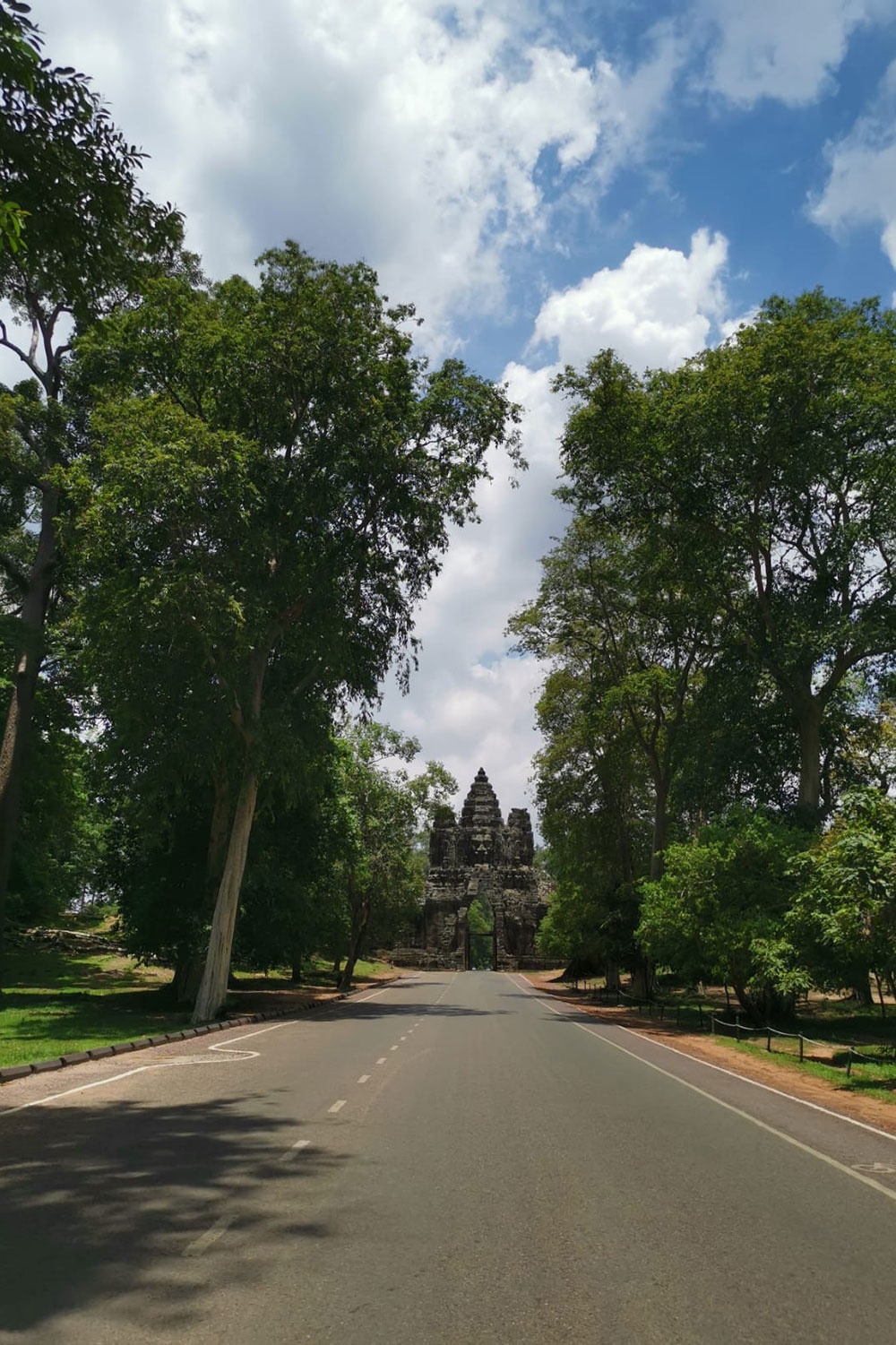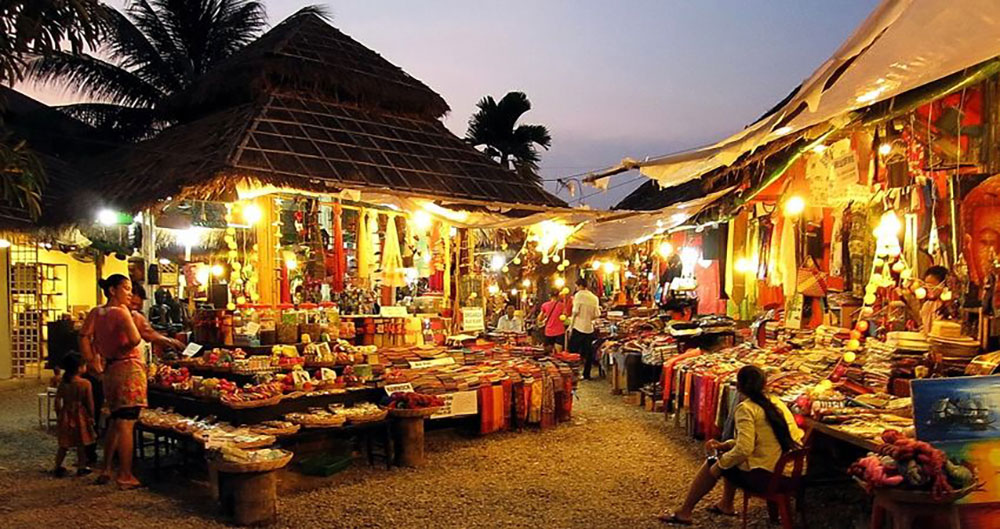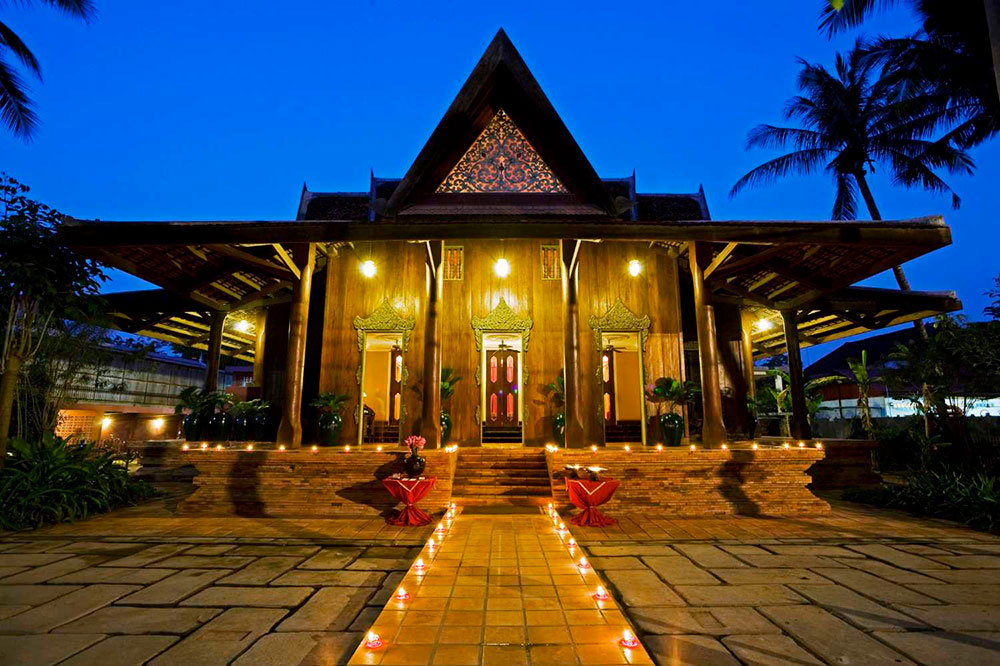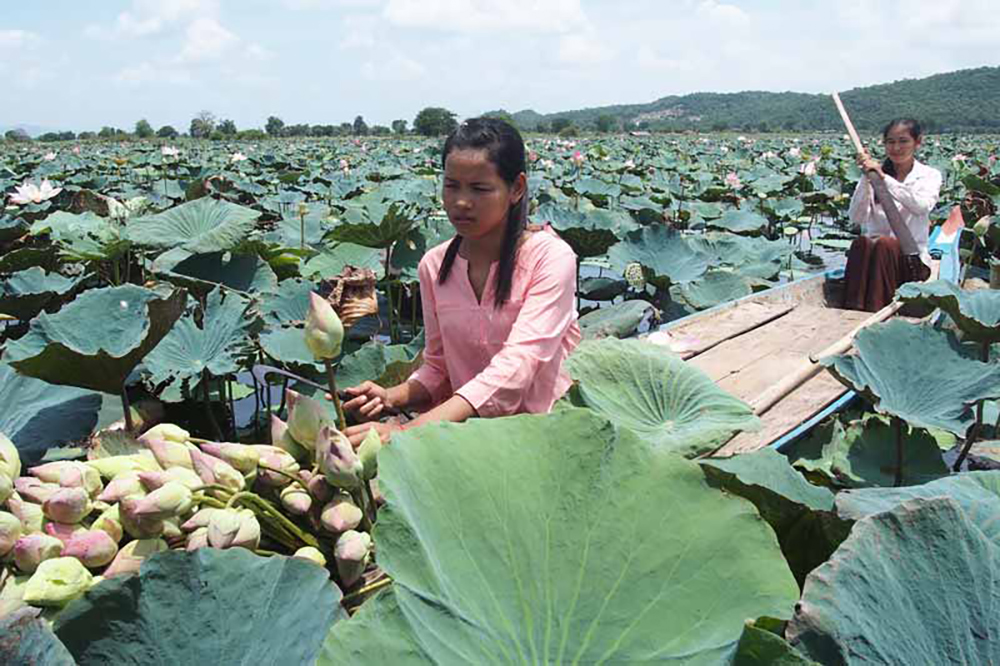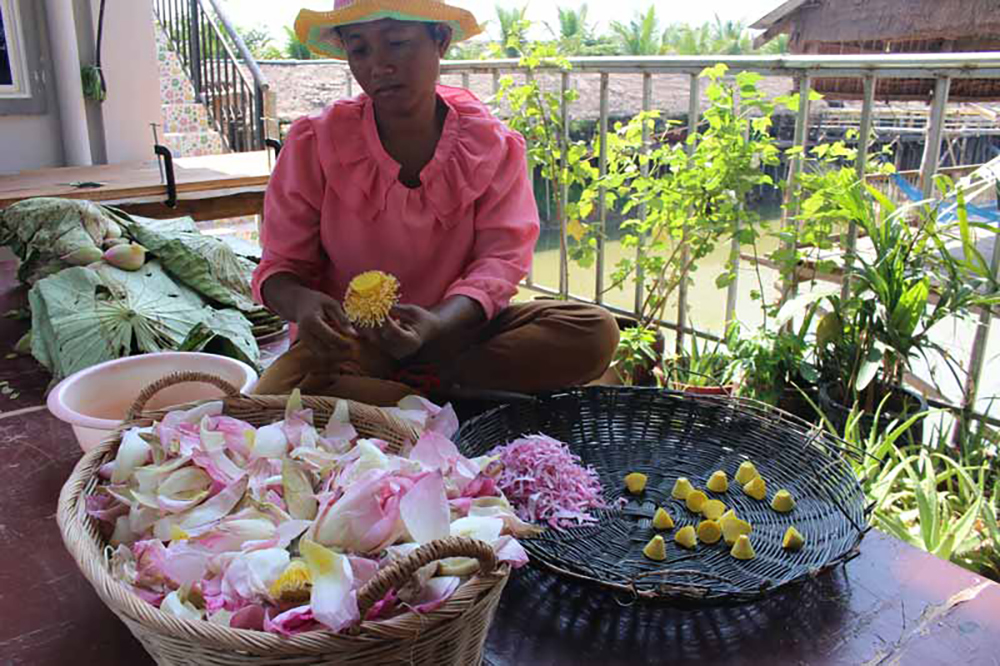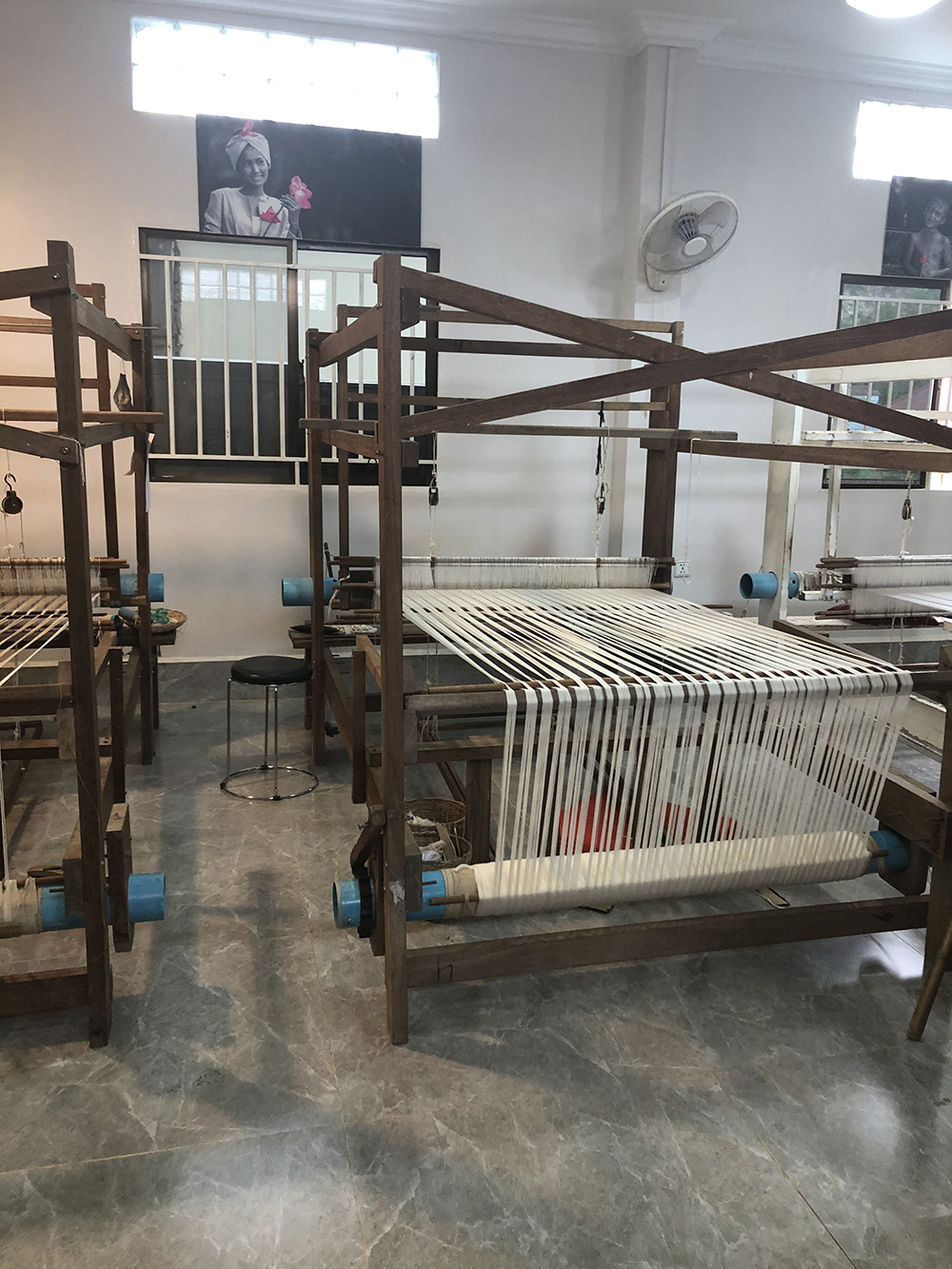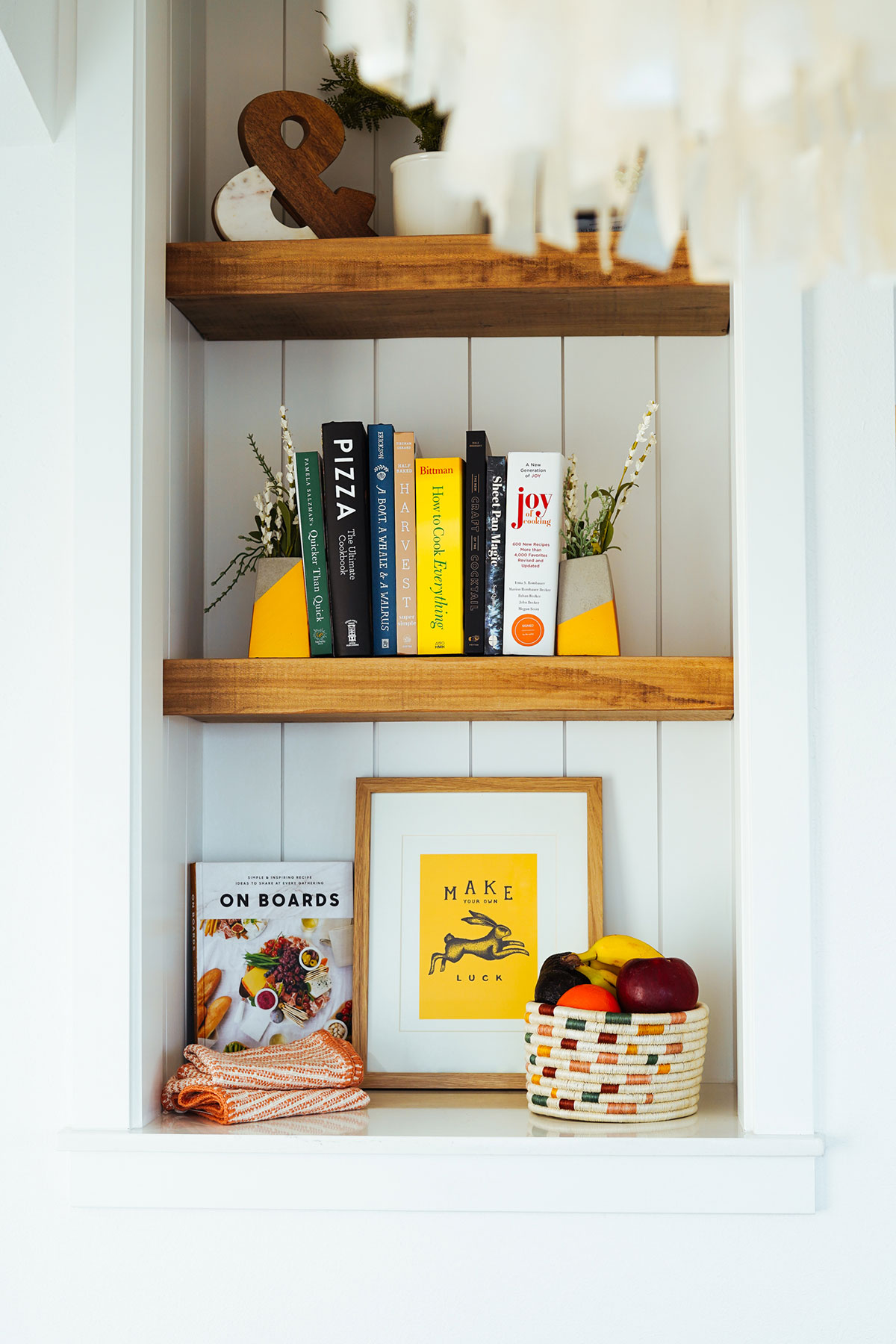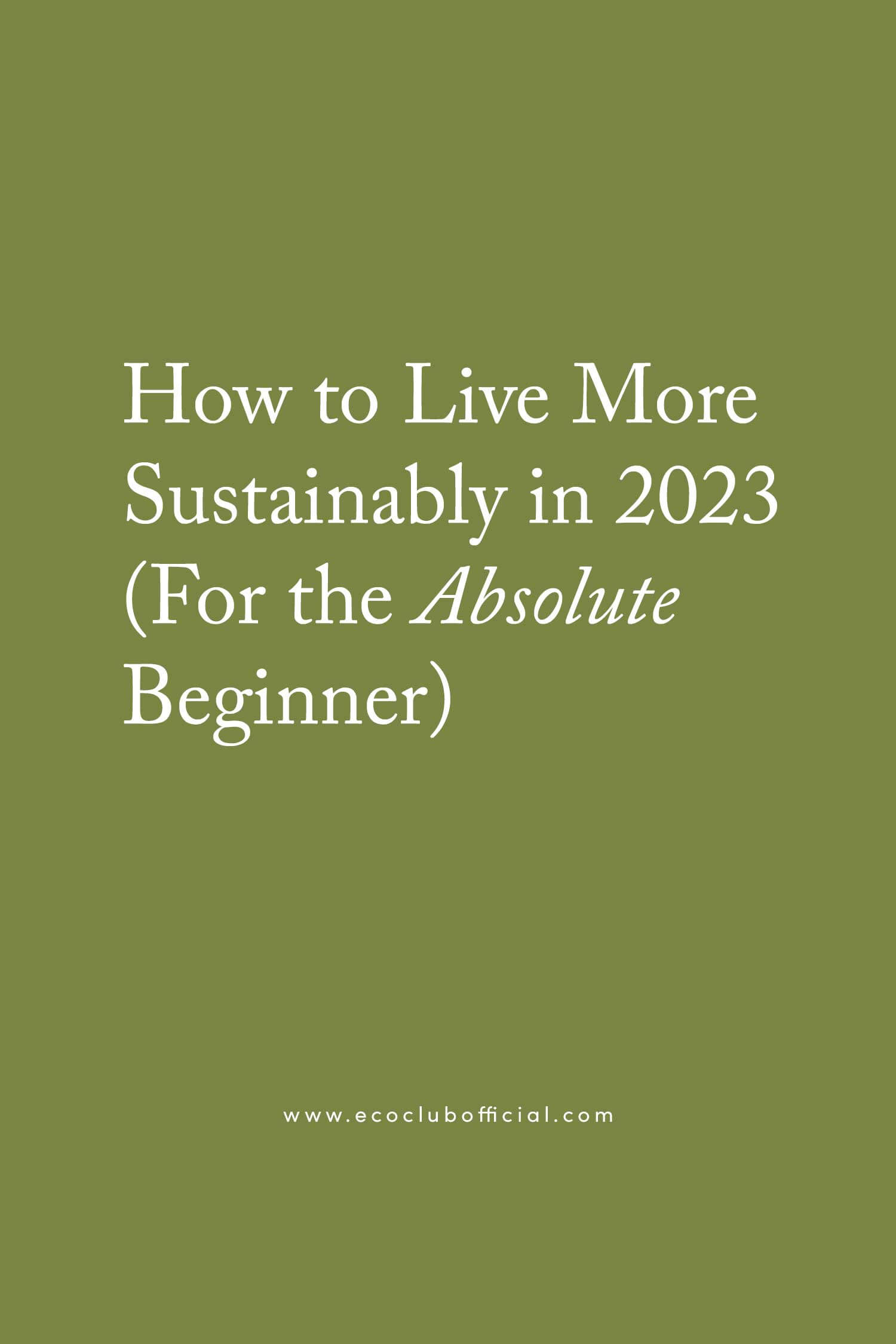In this community, we talk a lot about how the ethical fashion designers we support are working toward more sustainable business practices, such as sourcing deadstock material, utilizing scraps, and minimizing waste, but it’s not as often we hear from artists working in other forms. There are many approaches to weaving sustainability into an art practice, each with their own challenges. For local artist and designer Lauren Wilcox, reuse is a major part of the process. Below, she shares recent work in collage and mixed media, and how feminine energy, empowerment, and are innate in everything she produces.
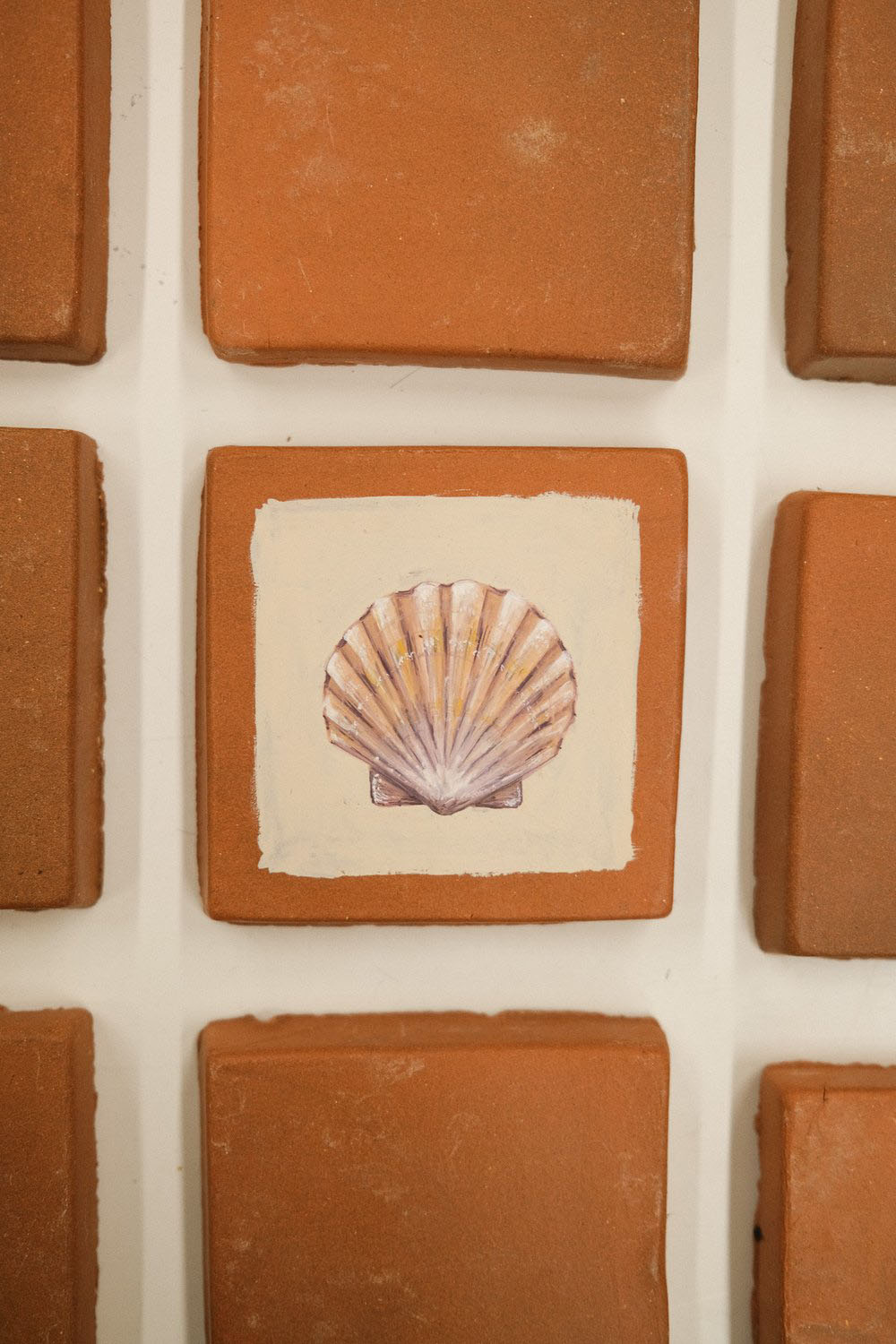
Born and raised in the Midwest and currently based in Seattle Washington, I am a multi-disciplinary artist and designer with an education in interior architecture and fine art.
My father is a furniture designer and has always encouraged my creative endeavors. I spent a lot of time outdoors as a kid, running barefoot through corn fields or along the Lake Michigan shoreline. It gave me an appreciation for nature at a young age. I never doubted art would be a part of my adult life. It’s always been a natural way for me to cope, reflect, or question my reality. My work explores themes of nature, femininity throughout history, religion, and human autonomy. I’m passionate about uplifting muffled voices, highlighting societal injustices, and evoking empowered emotions.
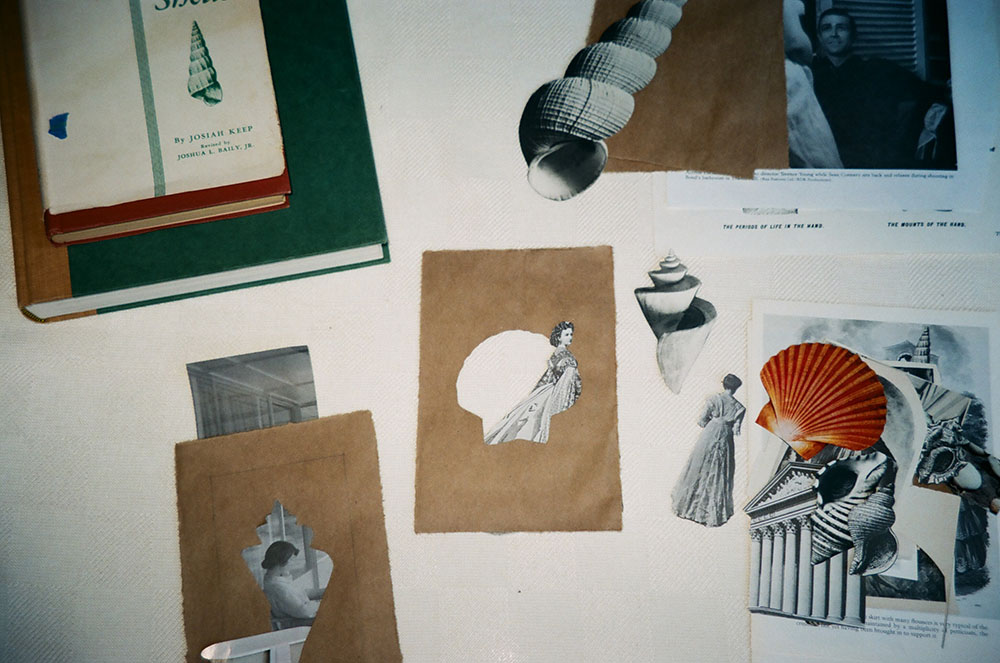
What materials do you most enjoy working with? What mediums do you utilize most?
When it comes to painting, gouache is my sweet spot. I always come back to its forgivability and blendability! I appreciate its character. In my collage work, I hoard odd paper scraps from anywhere and everywhere. A discarded luggage tag or grocery bag can be repurposed into something new and I welcome the challenge to give it a fresh identity. I also lean towards old magazines or dated art history books—it’s direct insight into how life used to be, and how ideologies change and stay exactly the same all at once.
Feminine energy is overlayed in most of my work and I use analog and digital techniques to crop, remove or accentuate the female voice. At first glance, my pieces mockingly appease the male gaze but ultimately my work is for those who push forward despite oppression, fight to reclaim autonomy, and unapologetically speak up and take space for injustice. More recently I’ve been incorporating my own photography into my collage work. Photography isn’t my most developed creative skill set but it’s something I really enjoy!
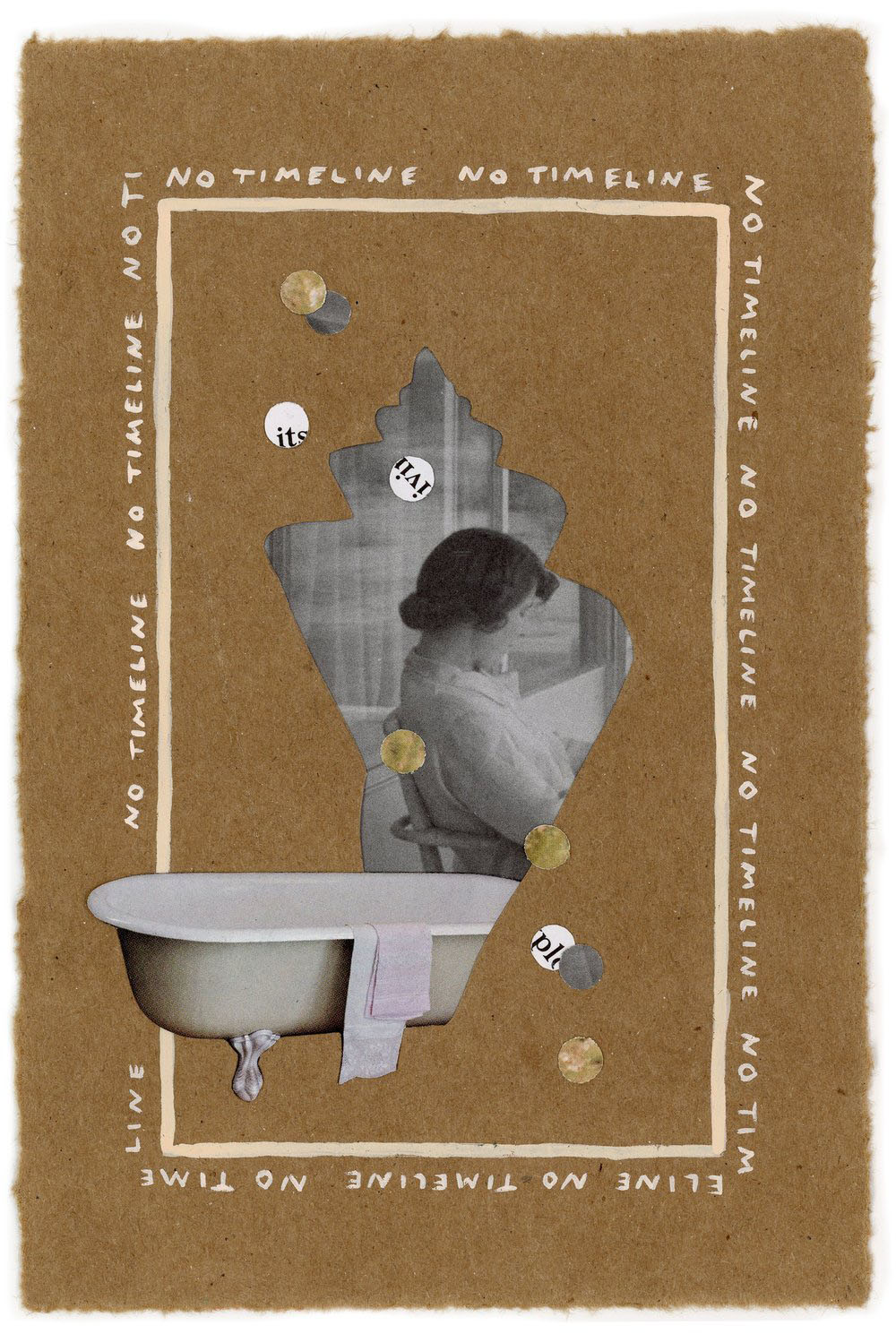
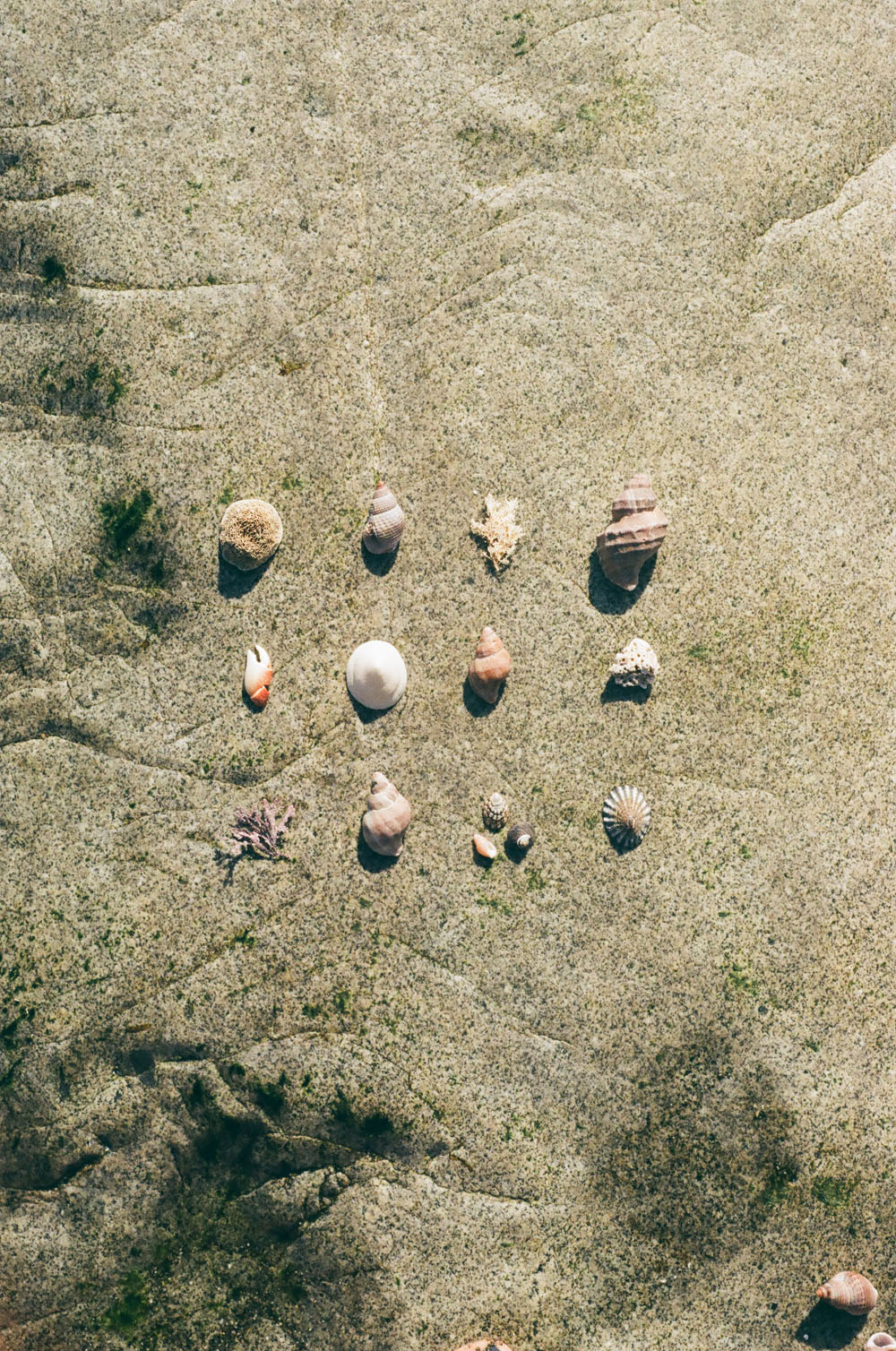
You said you believe sustainability should be inherent to one’s practice. Can you tell us about how you weave this into your process?
I think we’ve passed the threshold where being oblivious to our declining climate is cute and dismissible. There are no one-size-fits-all solutions but everyone can play a positive part in the overarching storyline. Sustainability shouldn’t be a marketing ploy or a bonus concept, it should be baked into everything we do. My practice is far from perfect, but I value reuse in my material choices and ultimately tackle topics in my work that highlight societal injustices aimed at people and our planet. With that being said, screaming your sustainability choices from the rooftops doesn’t make anyone else’s practices less than. That’s my whole point. Make choices because you’re inherently pulled to do so. Small, genuine actions move bigger mountains than any inauthentic greenwashing campaign.
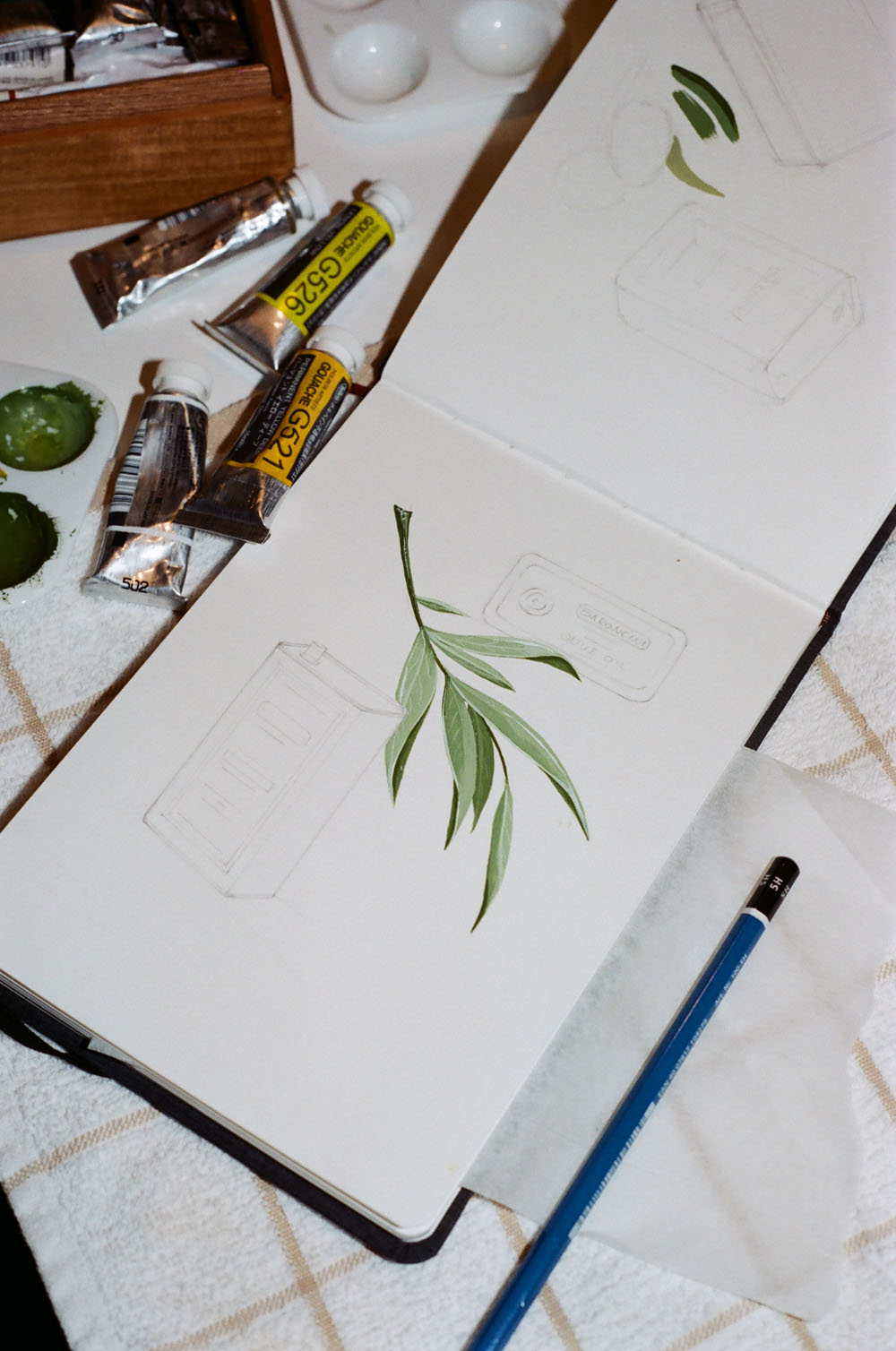
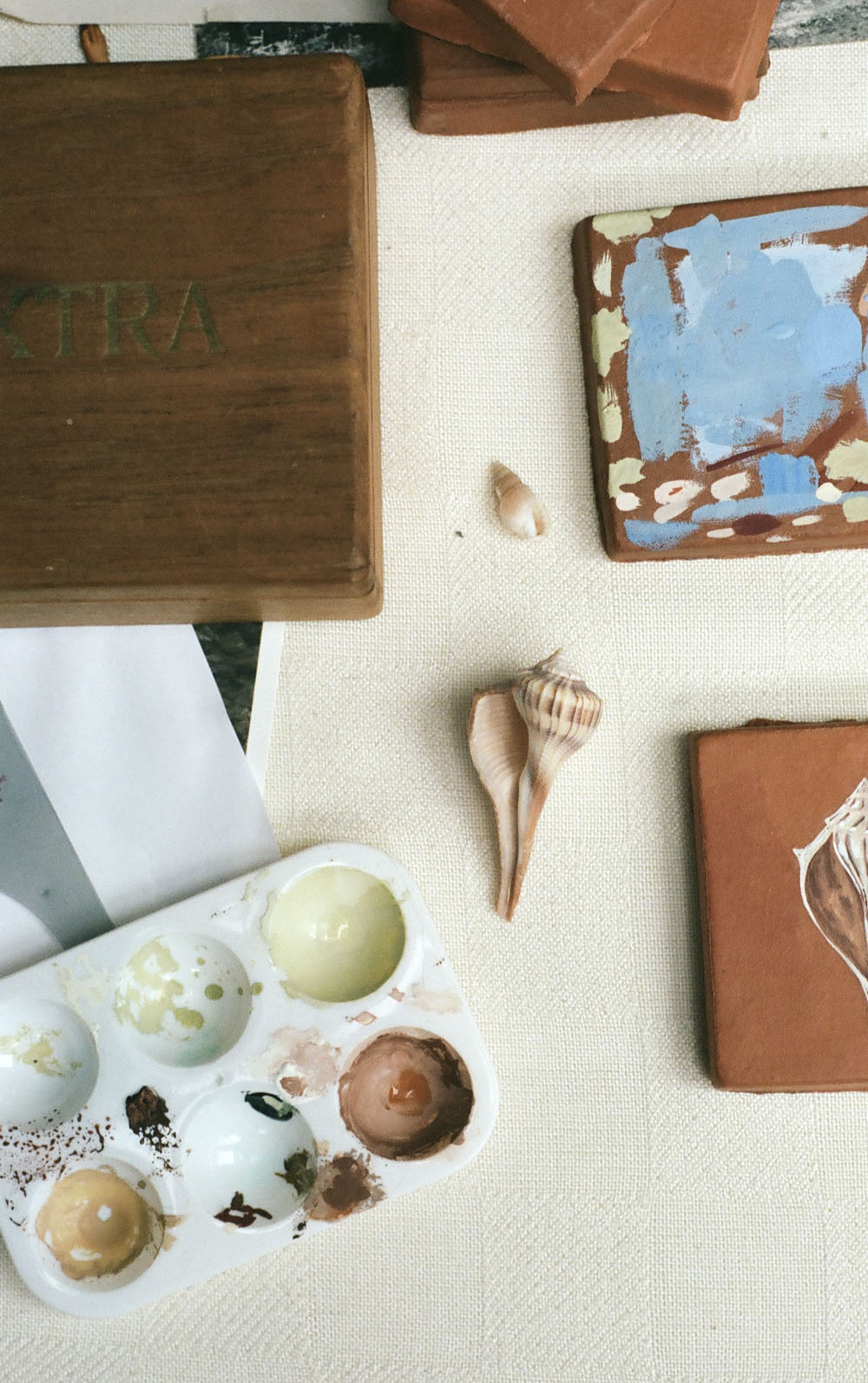
Let’s talk living sustainably/advocating for a sustainable future, and your art practice. Has your work always reflected a consciousness for the environment and a respect for/celebration of nature?
Nature has been a direct influence on me and my work for as long as I can remember. I was raised between quiet midwest country and small-town life on Lake Michigan. My connection to the water and shoreline was sparked by my Mom and Grandma’s love for shell collecting and treasuring hunting for beach glass. I can confidently say I’ve always had a level of respect for the power of nature but the deeper consciousness of our impact on the planet and what role I play in that has taken years to develop. My mother-in-law regularly references the Maya Angelou quote “when you know better you do better”, and that’s the ideology I associate with my growth in the sustainability realm of my practice. Do your best, adapt when necessary, and never stop advocating for a better future. Baby steps are still steps.
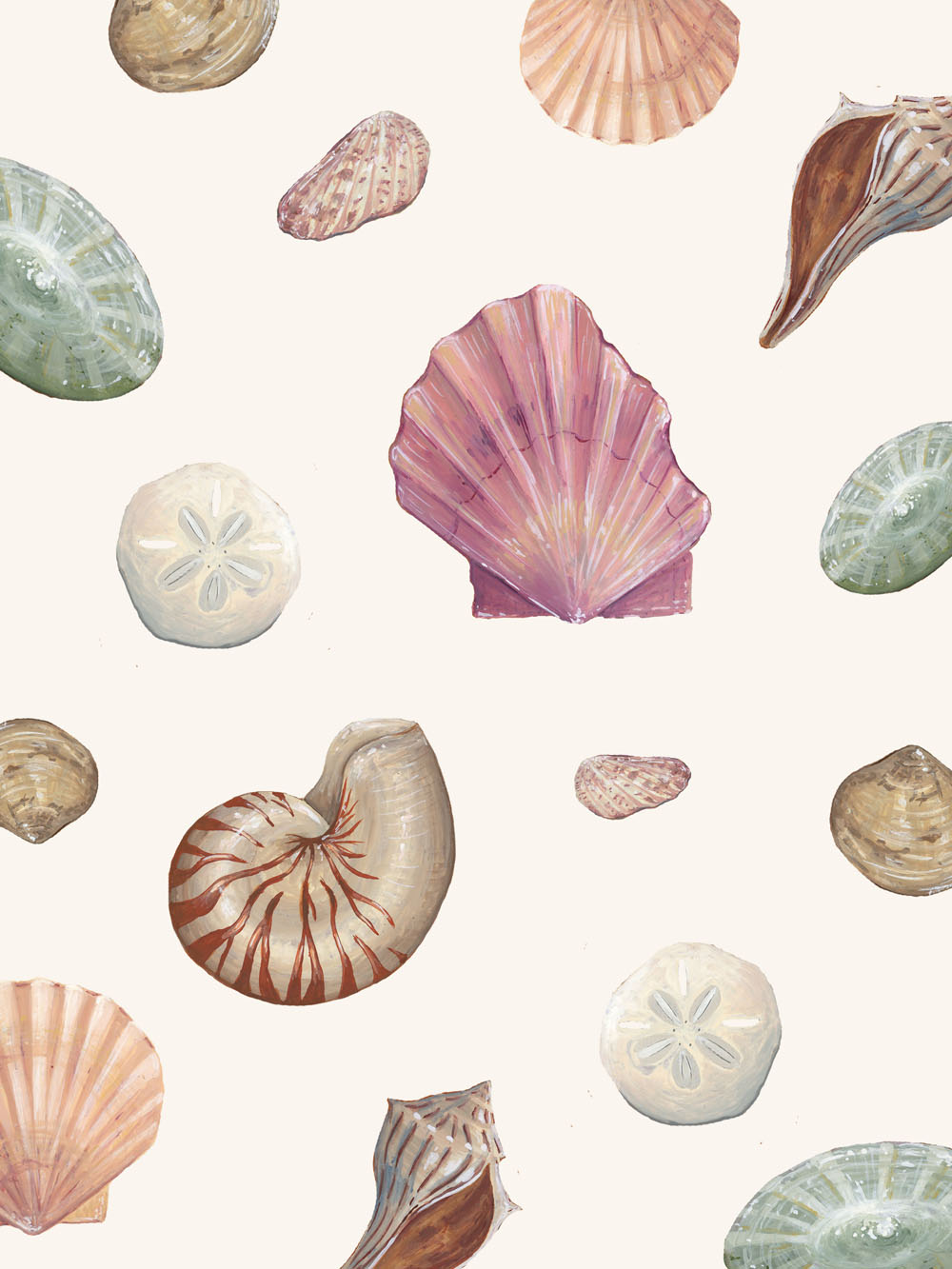
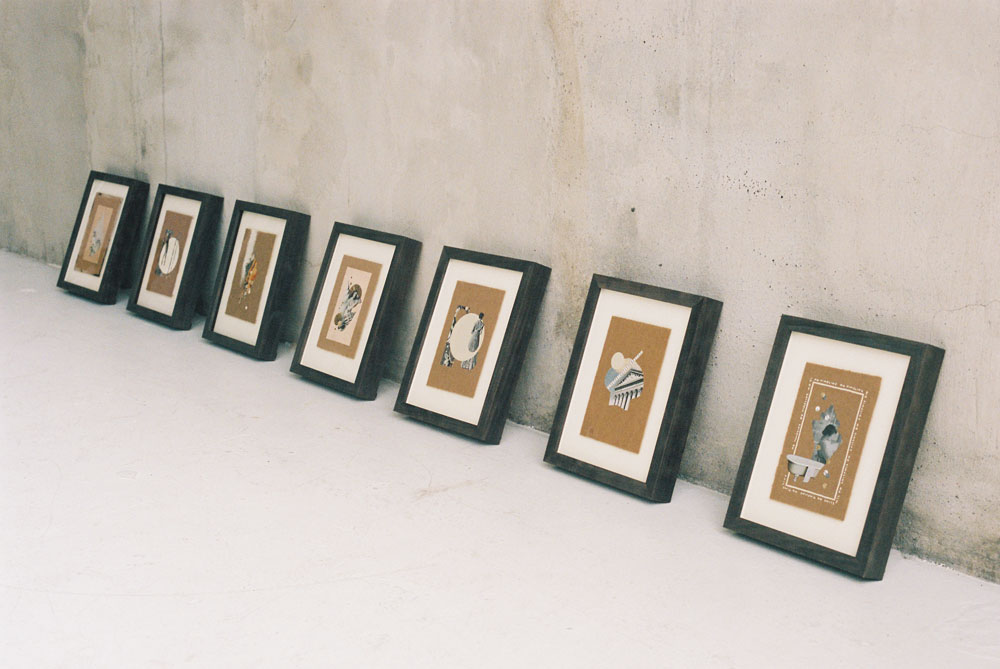
Tell us about a favorite collection.
My favorite collection to date is the terracotta shell tiles I’ve been painting over the last year. It’s not surprising to anyone who knows me or has seen my work, that I gravitate toward water, sand, and shells. Each tile is an ode to a therapeutic past-time, nature’s architecture, and the reclaiming of antiquated symbolism. I salvaged a hundred or so terracotta tiles roughly 3×3 inches in size. The tiles had a completely different existence before I got my hands on them. That’s part of the fun, they’re finite and once they’re gone, they’re gone. Each tile is unique in color, texture, and form even before I had the pleasure to start painting.
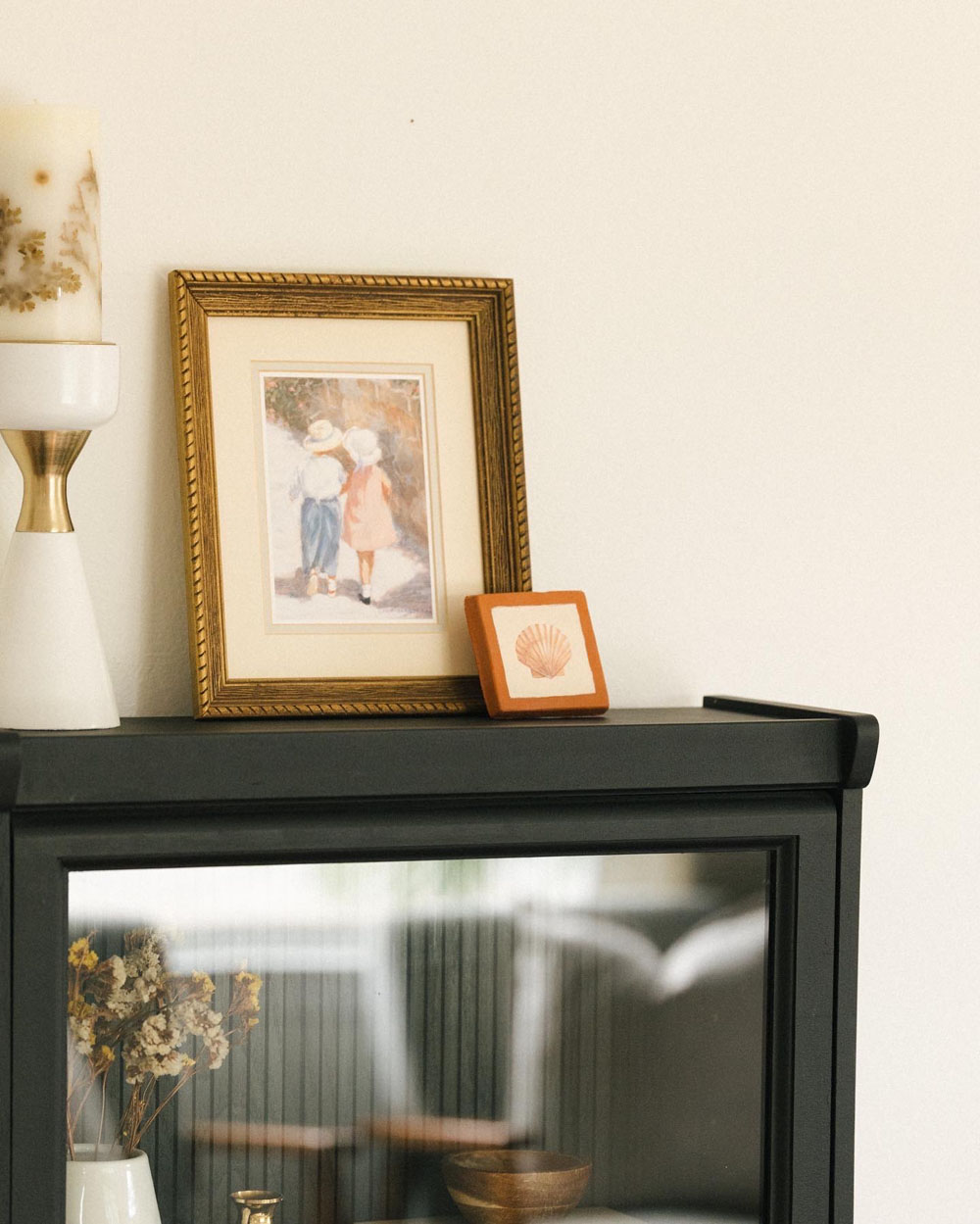
Where do you work from?
Historically I’ve worked from the floating home my partner and I purchased a few years back. It’s located on the edge of Lake Union and I’m biased but it’s a dreamy place to live and create. You’re as close to nature as you can get in a city setting and the access to water and sunlight directly contributes to my work. Recently, I began subleasing a small studio space in SODO. It’s a welcomed change from work/life overlap and there’s an added layer to creating alongside other creatives instead of in a silo alone.
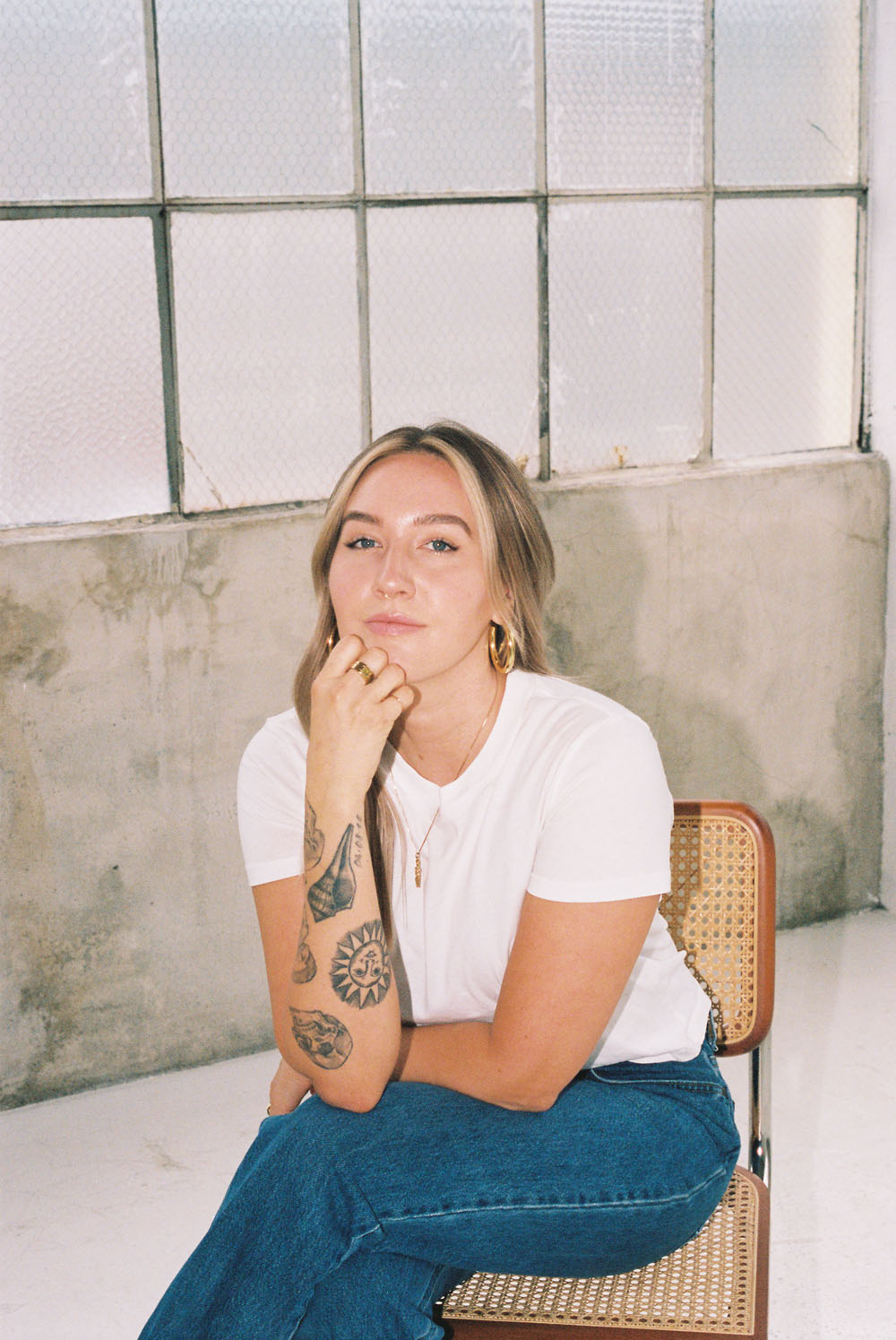
Current favorite local creatives?
1) Aidan Sakakini is a genius with a lot of mediums but ink on paper specifically. He’s a genuine soul who can capture other creatives in their natural environment. It’s special. He’s also involved in developing more of a fashion buzz in Seattle with his work at Sew Generously and bespoke suits in the heart of Pioneer Square.
2) Sharon Saritama of Gatherings Seattle is an event planner with a focus on intimate gatherings. Her location-specific tablescapes are a bonus to working alongside her radiant demeanor. She has a passion to ideate and create—nothing is off the literal and hypothetical table.
Visit LaurenWilcox.com and follow Lauren on Instagram to learn more.

